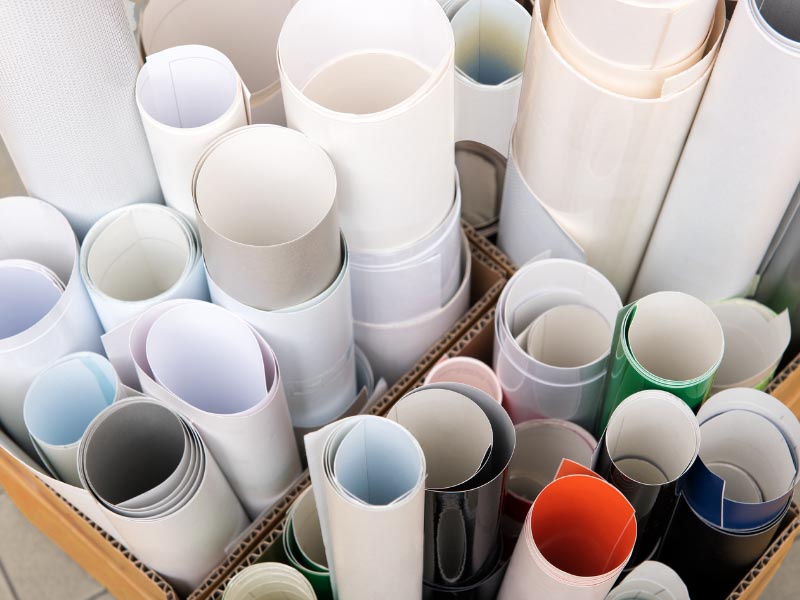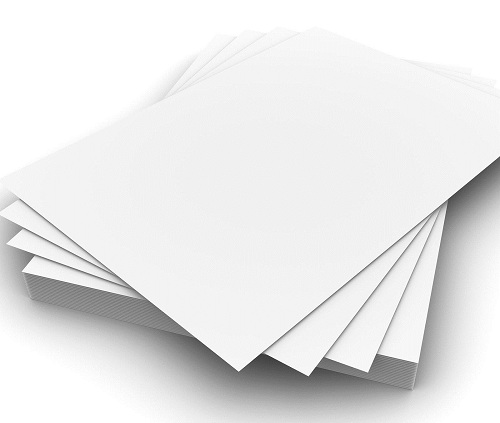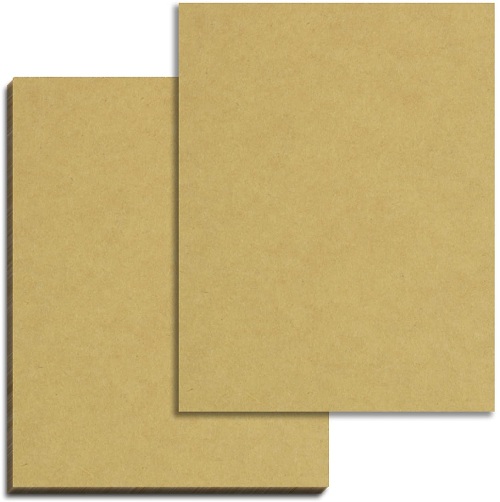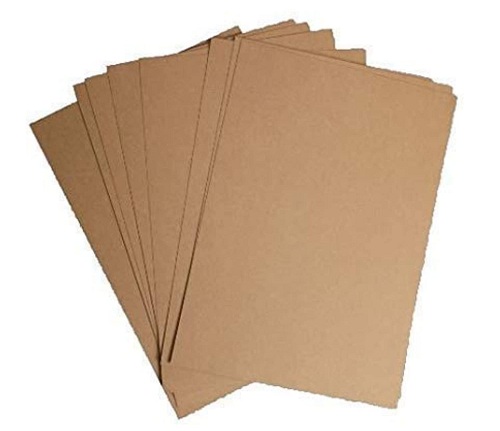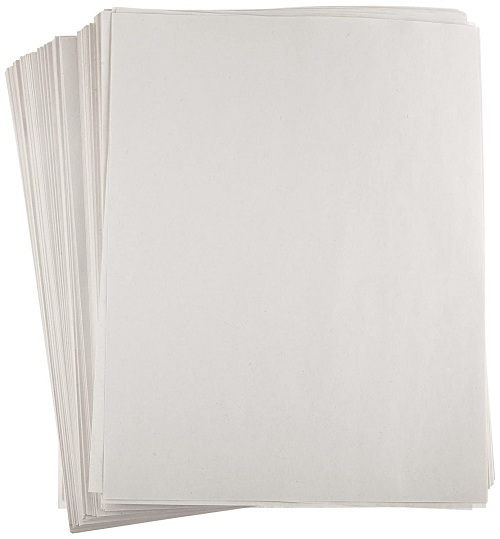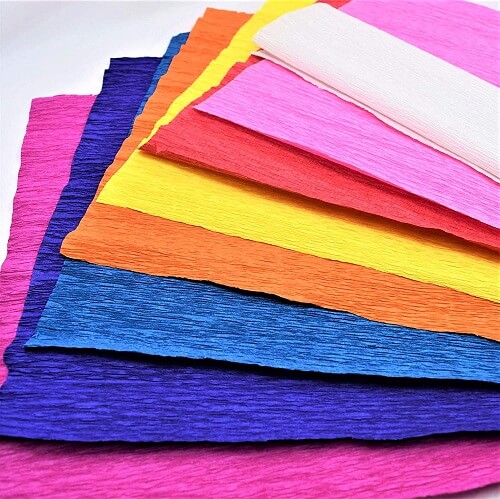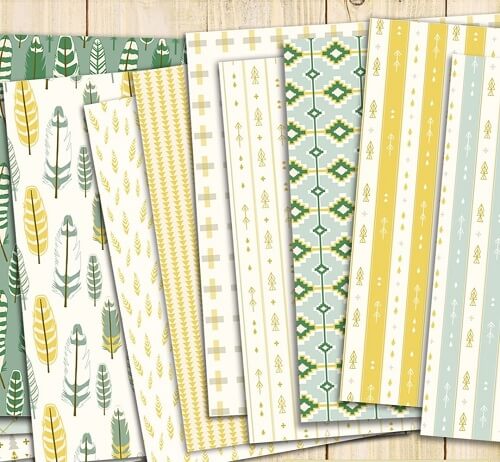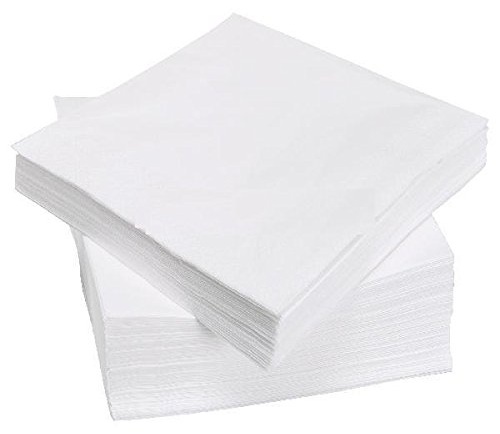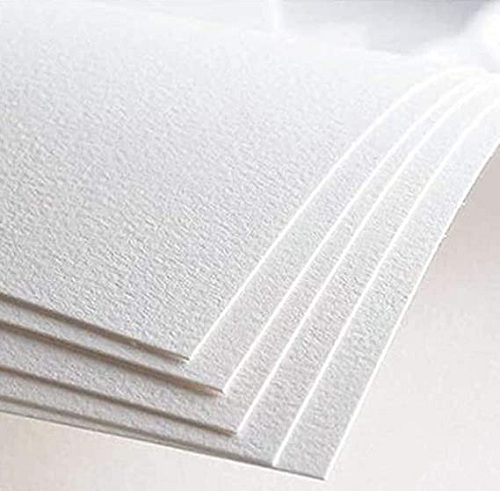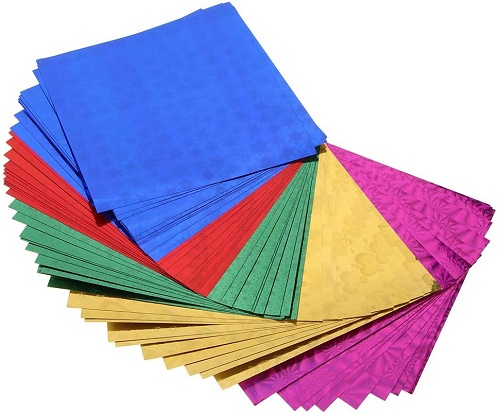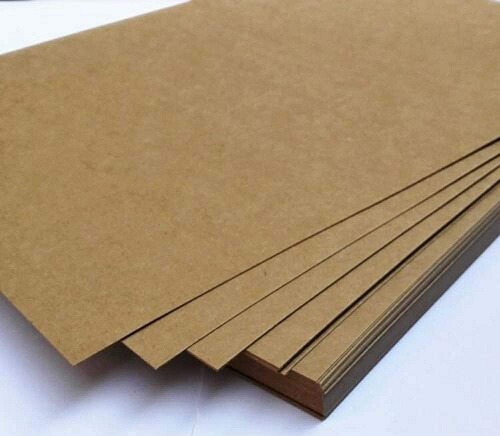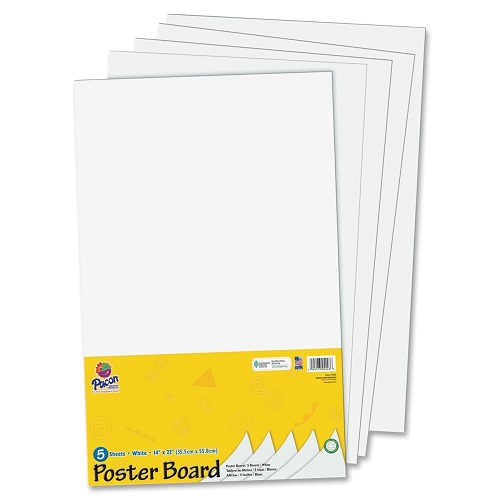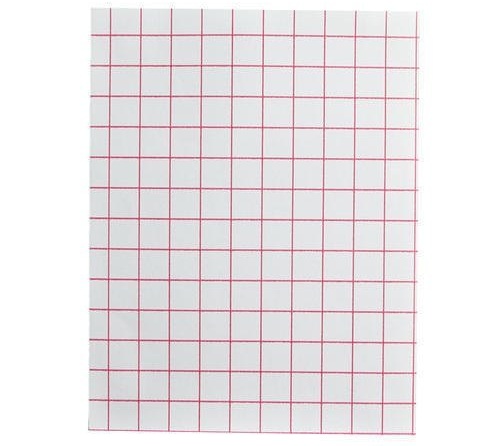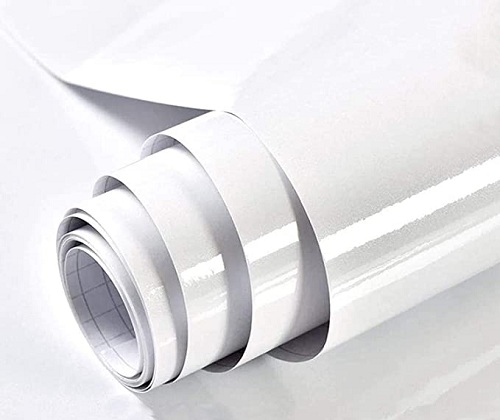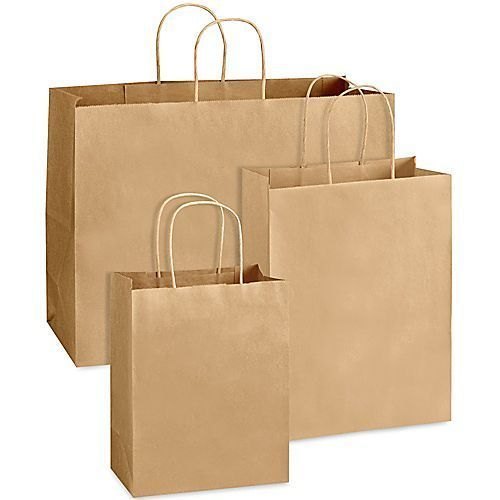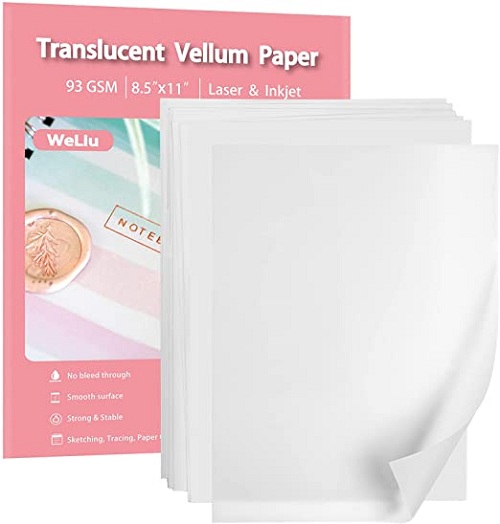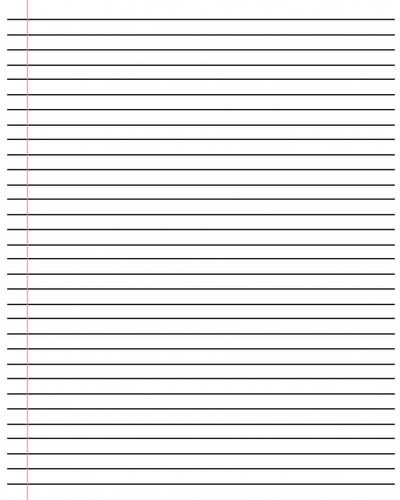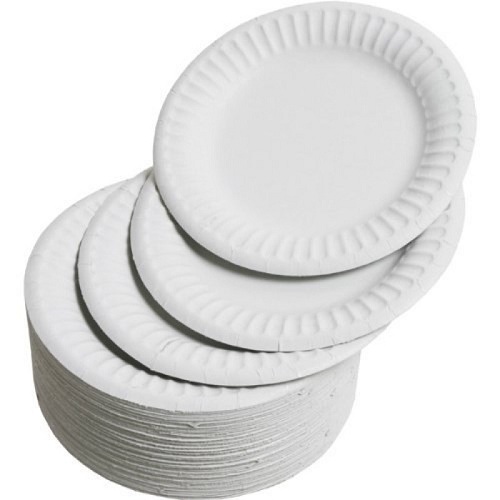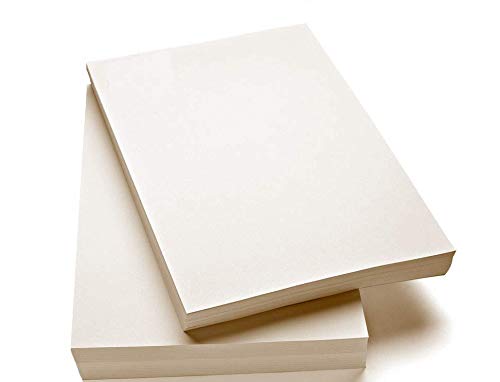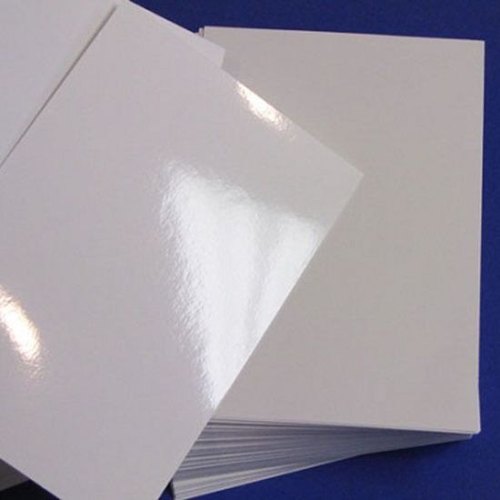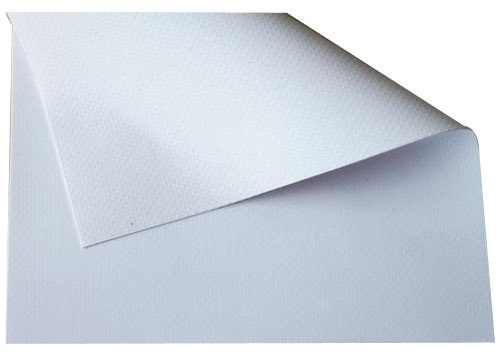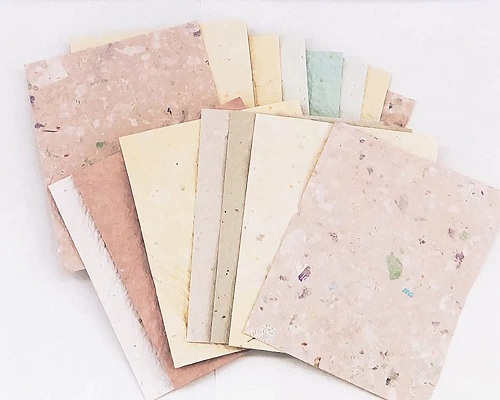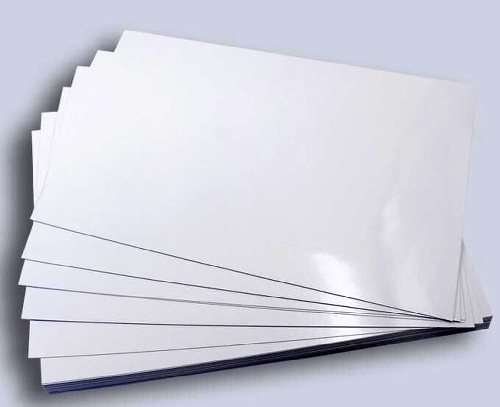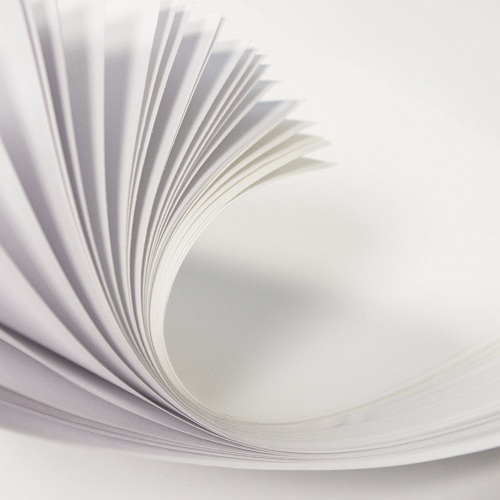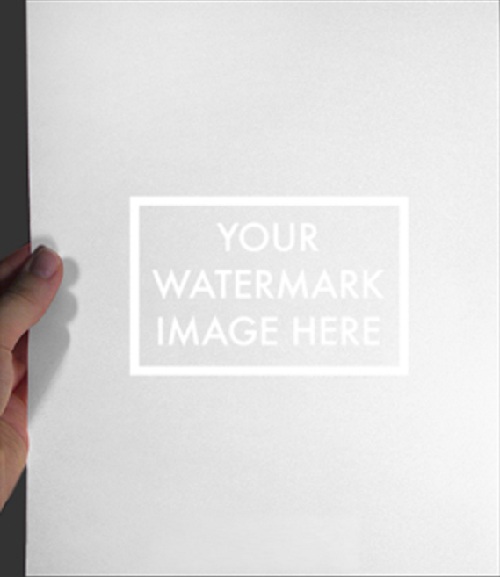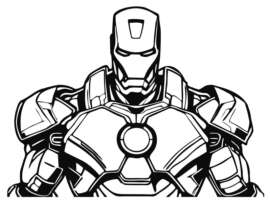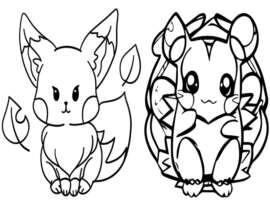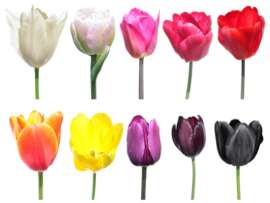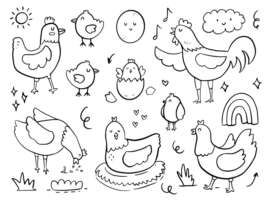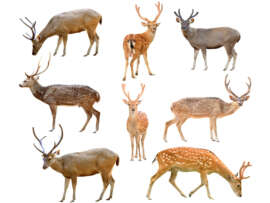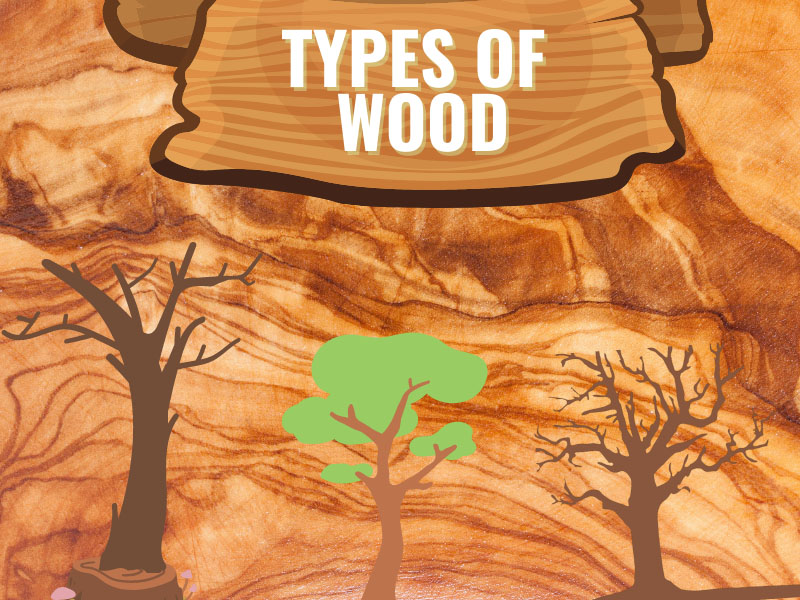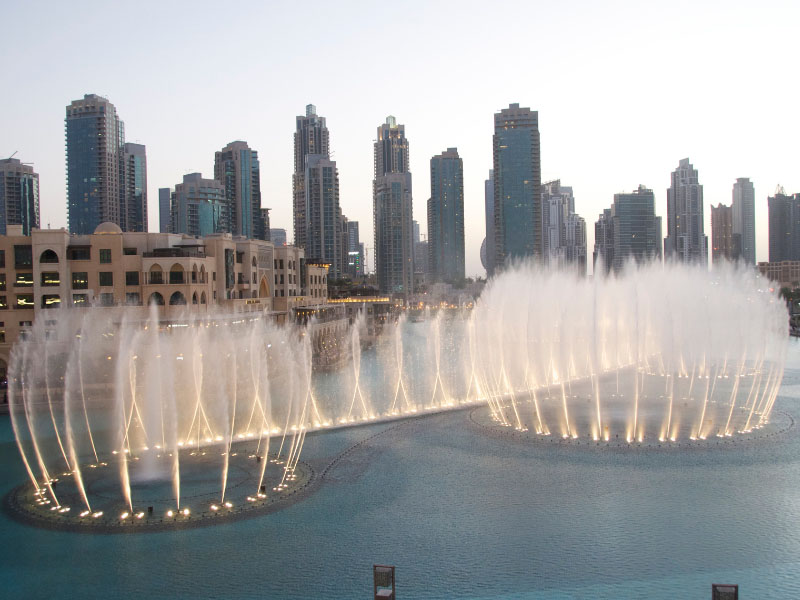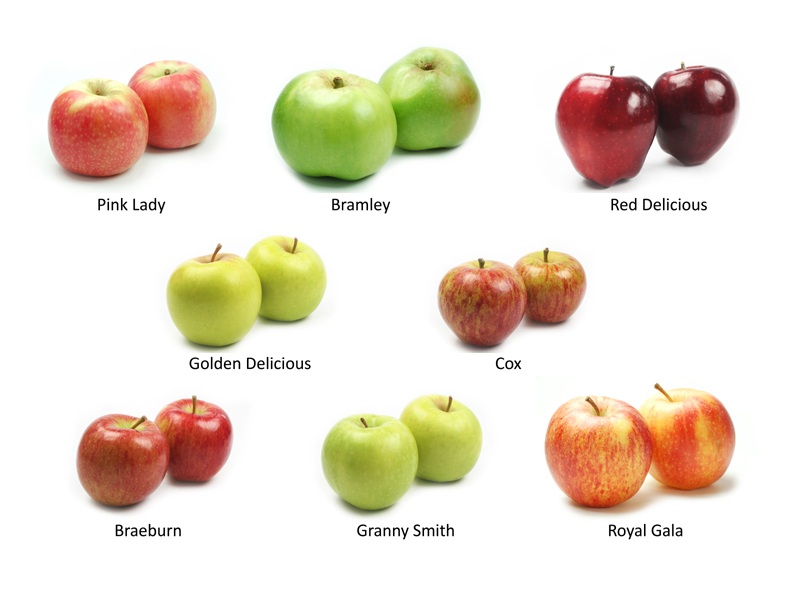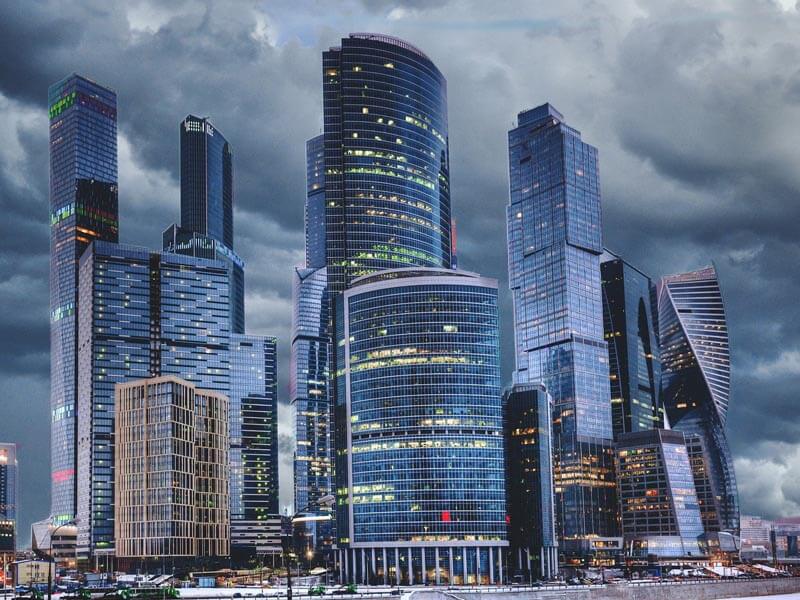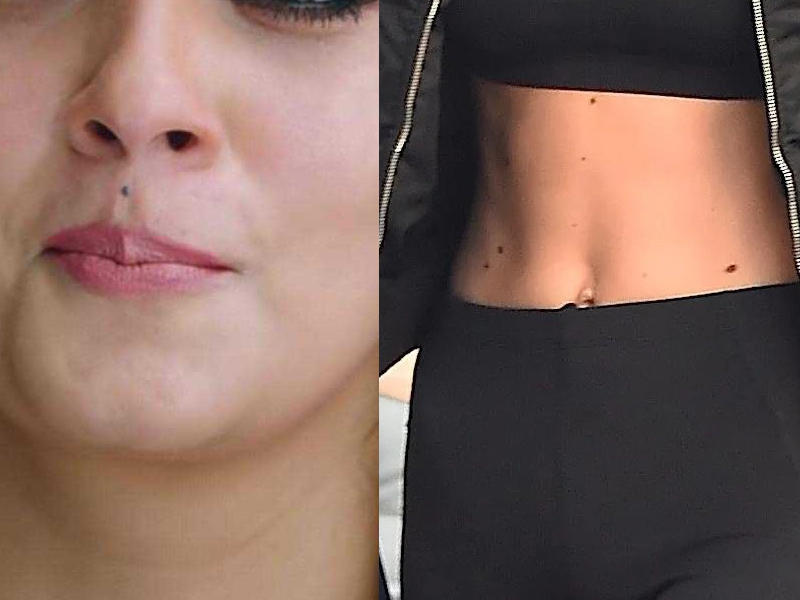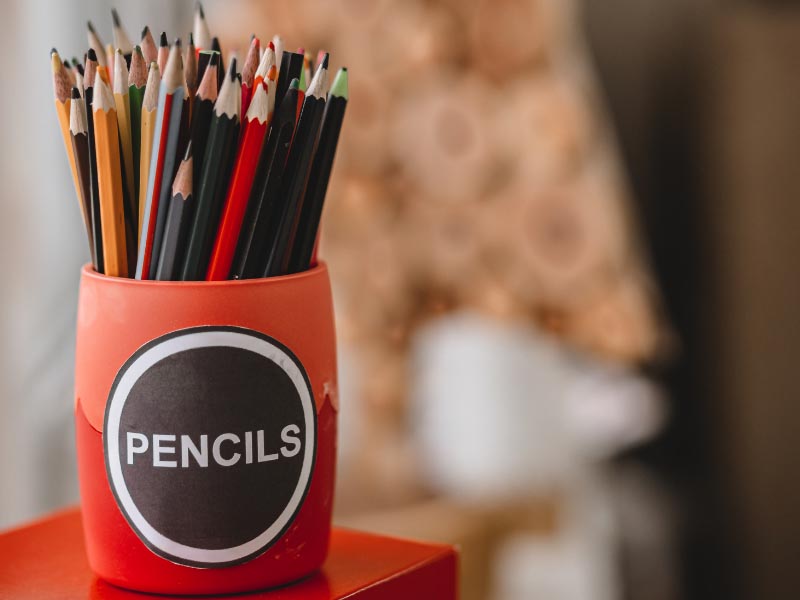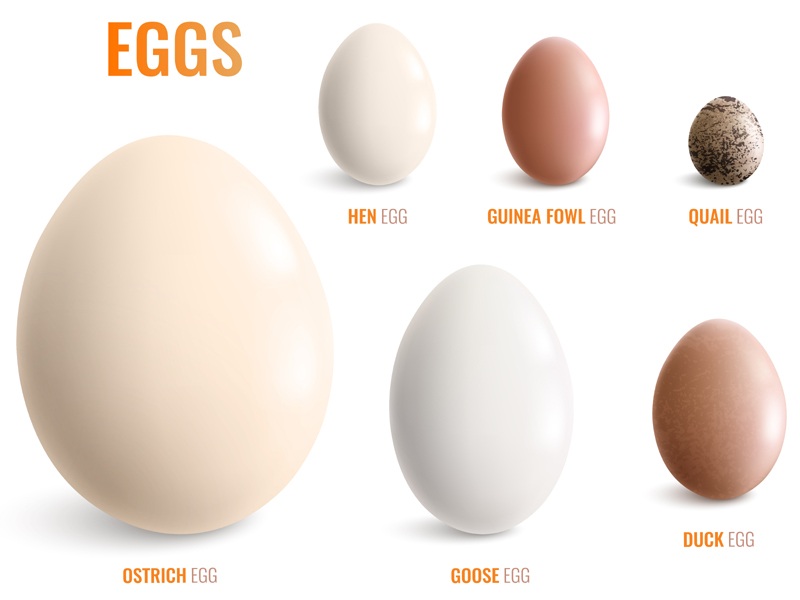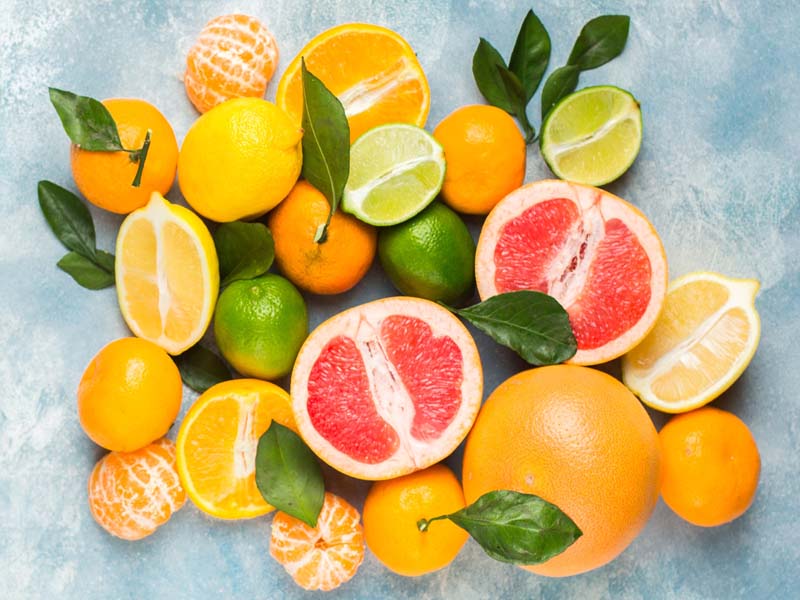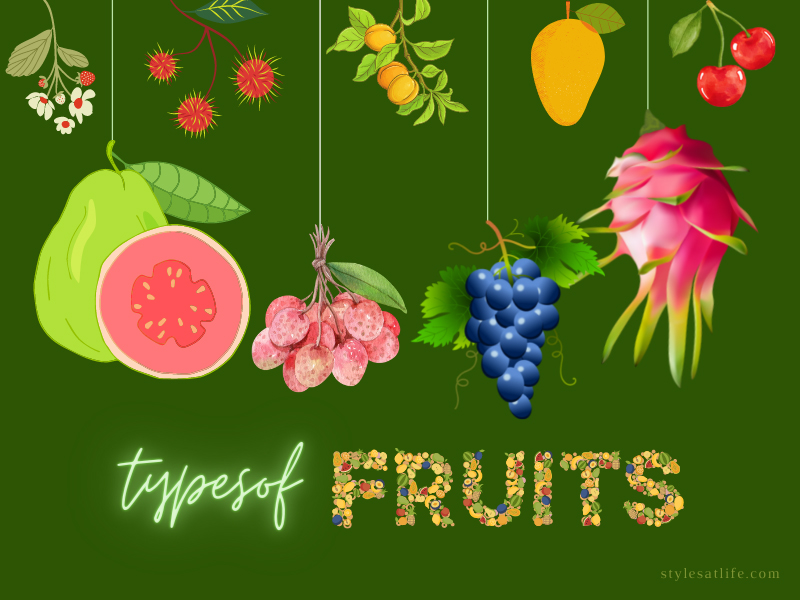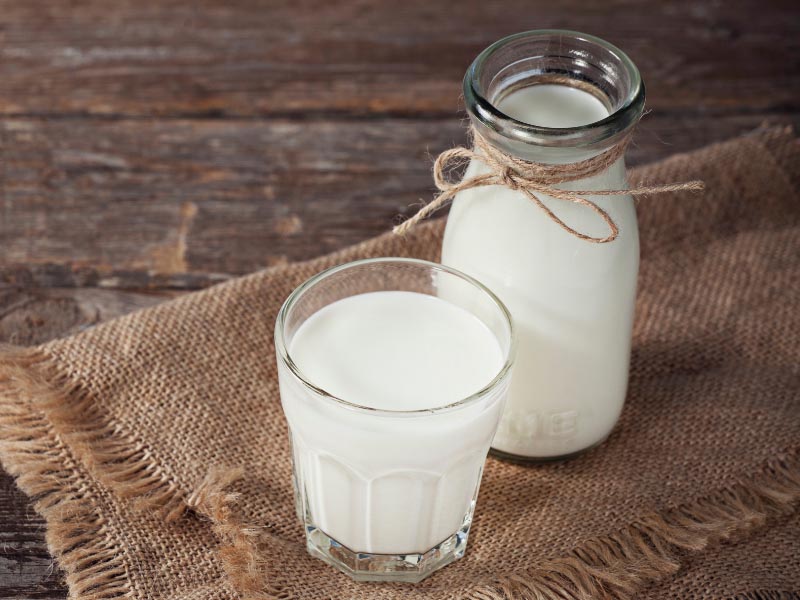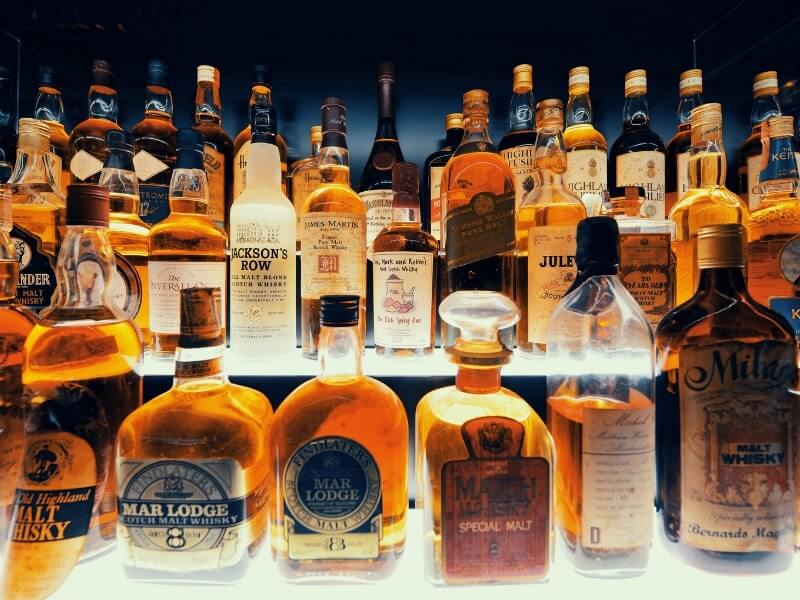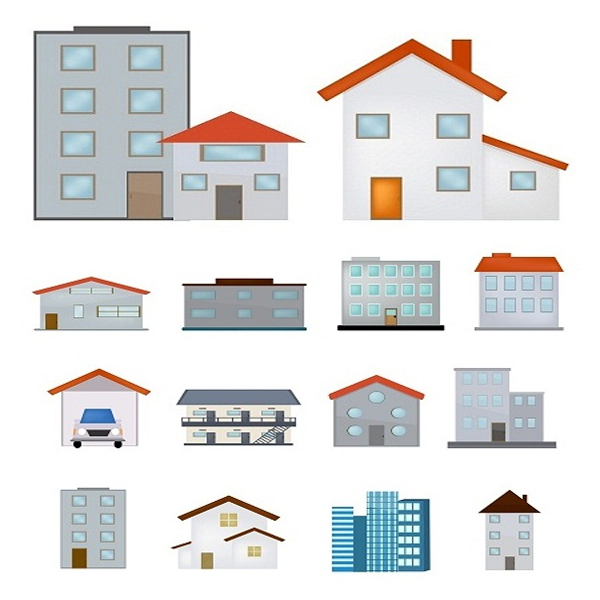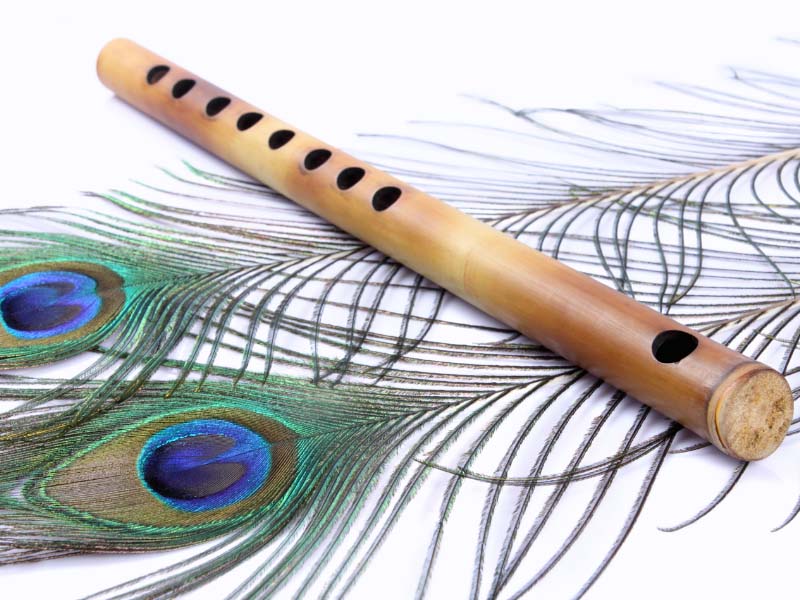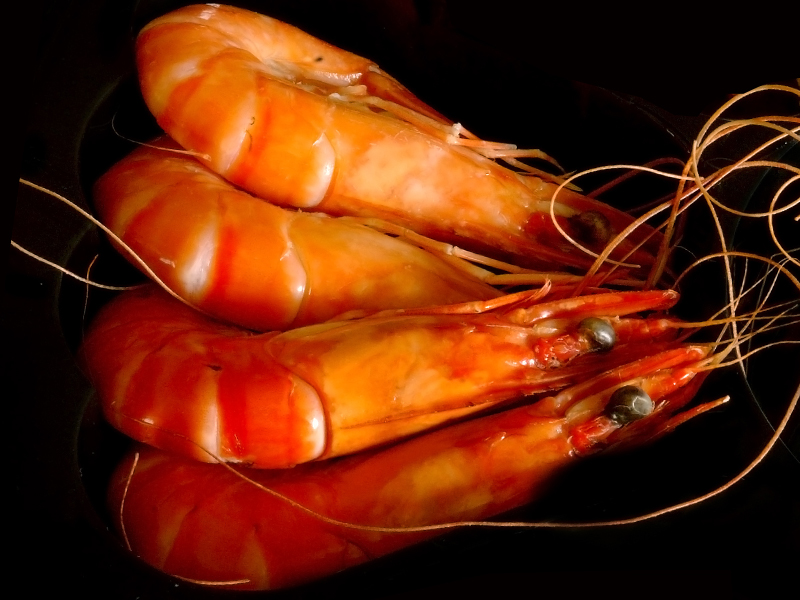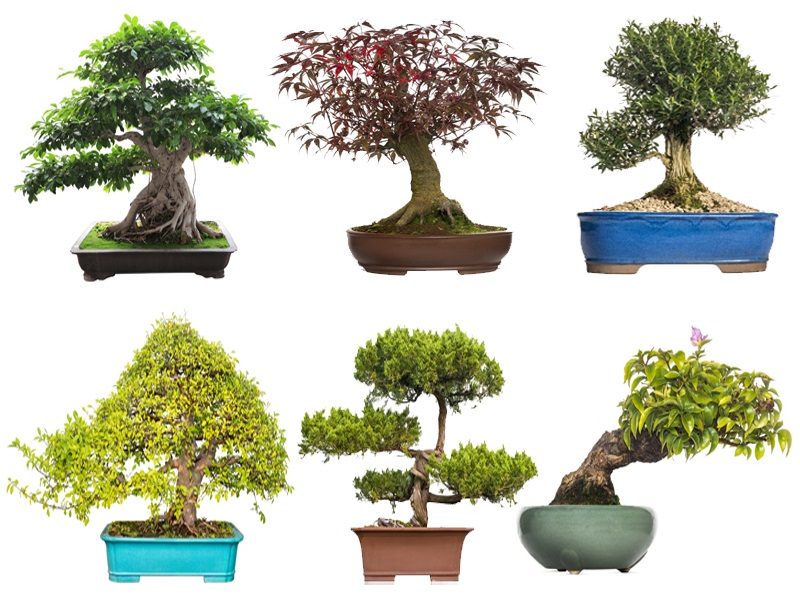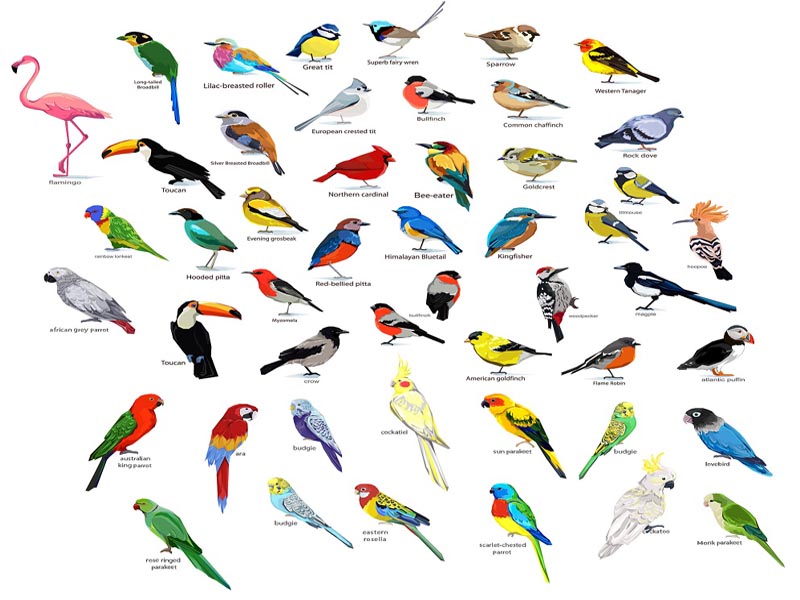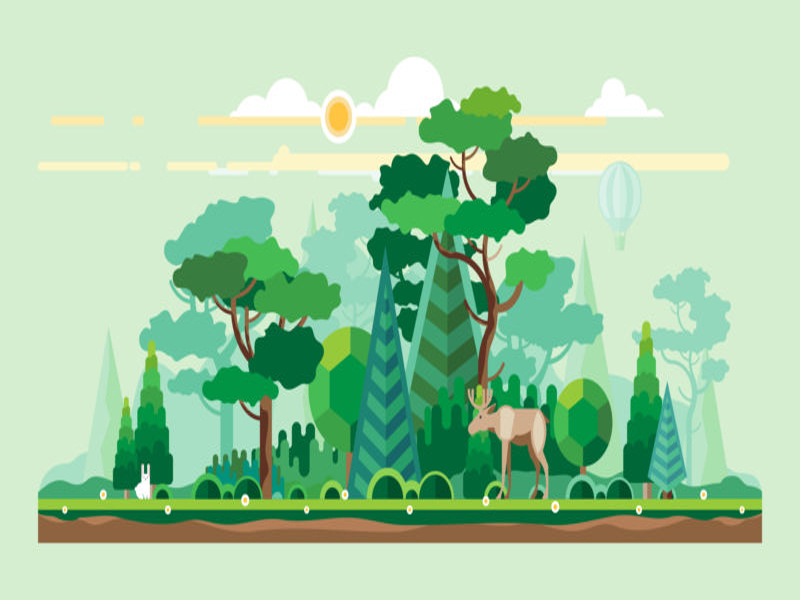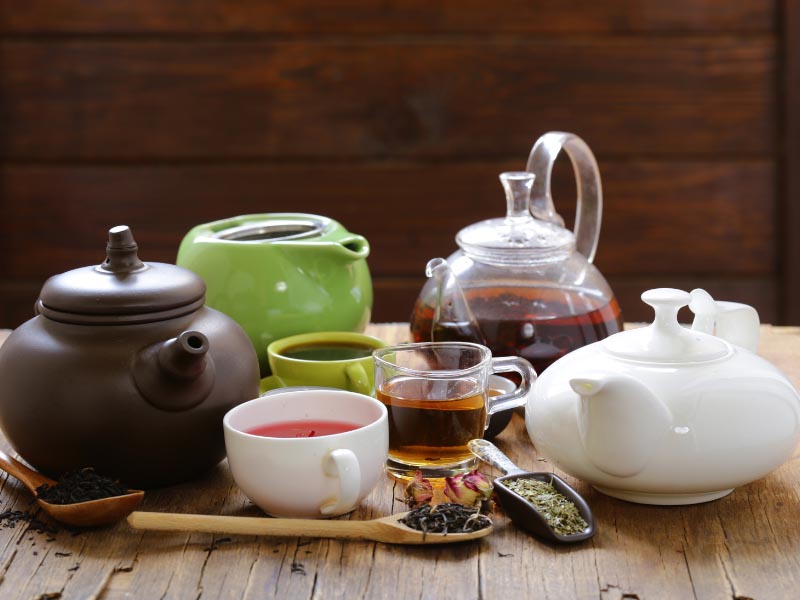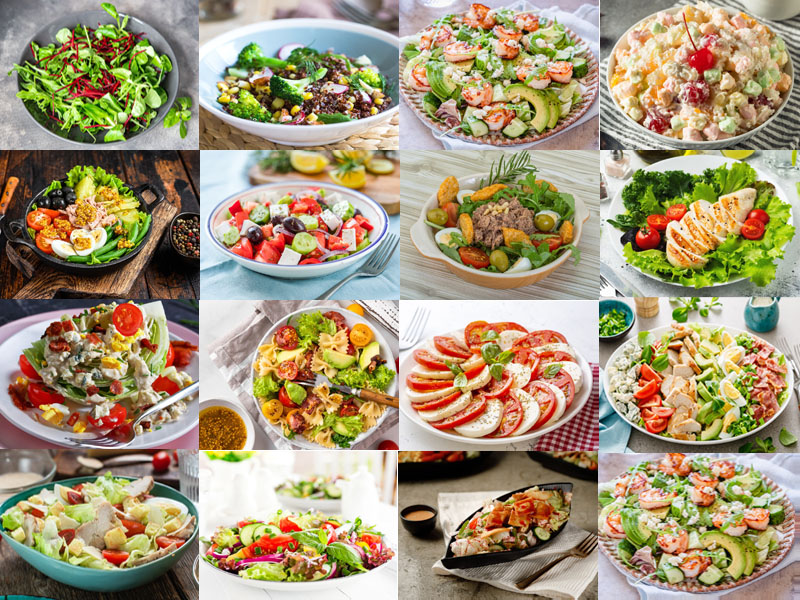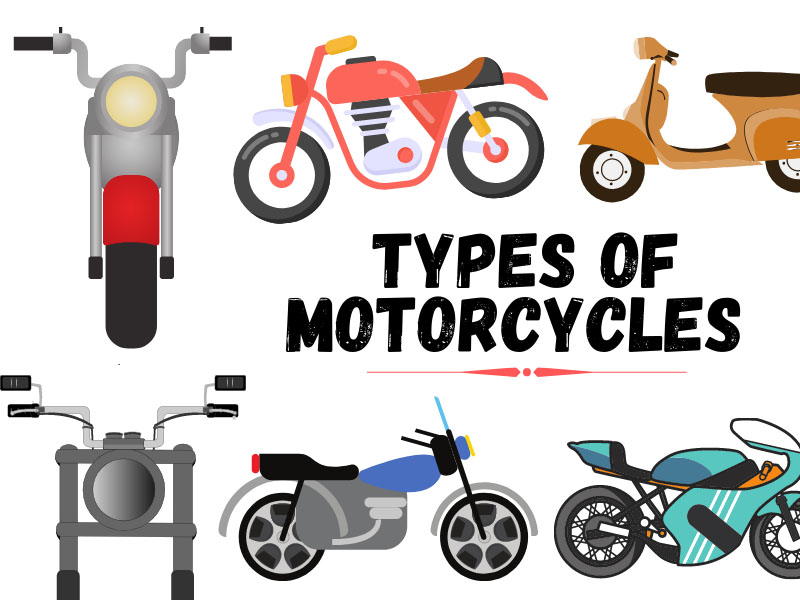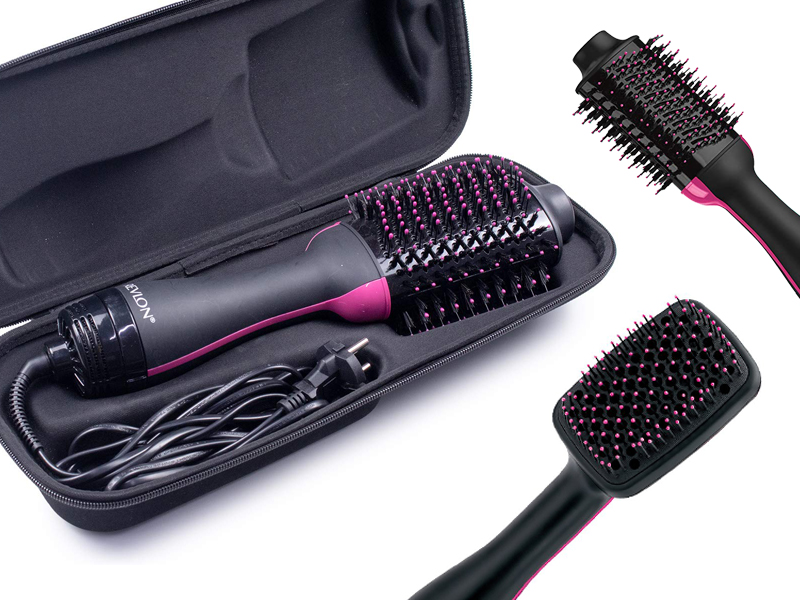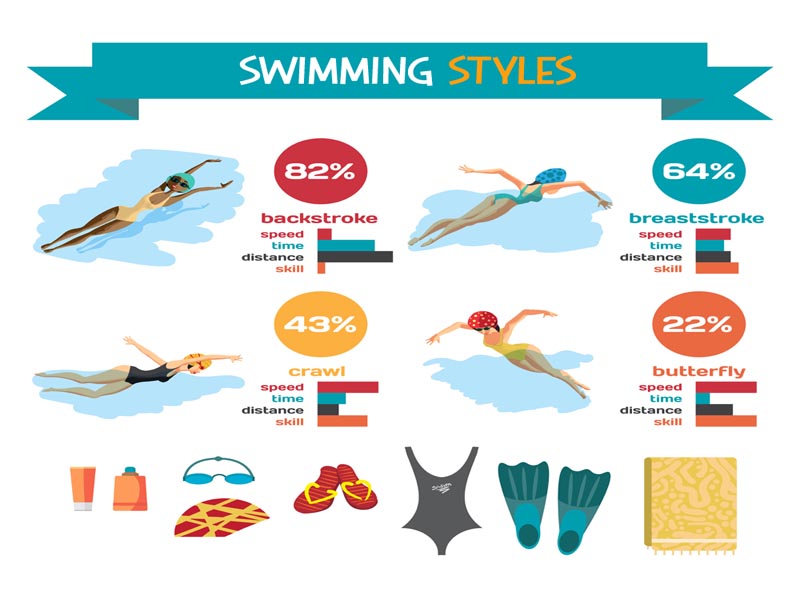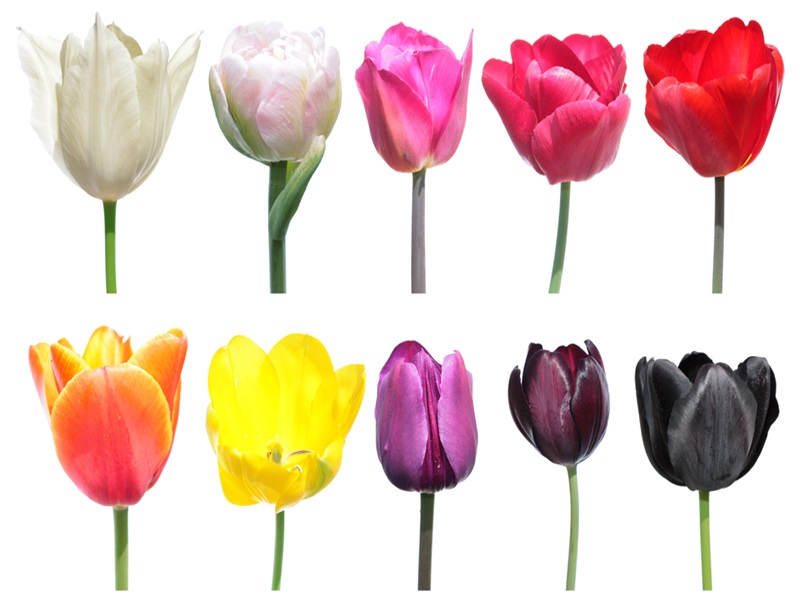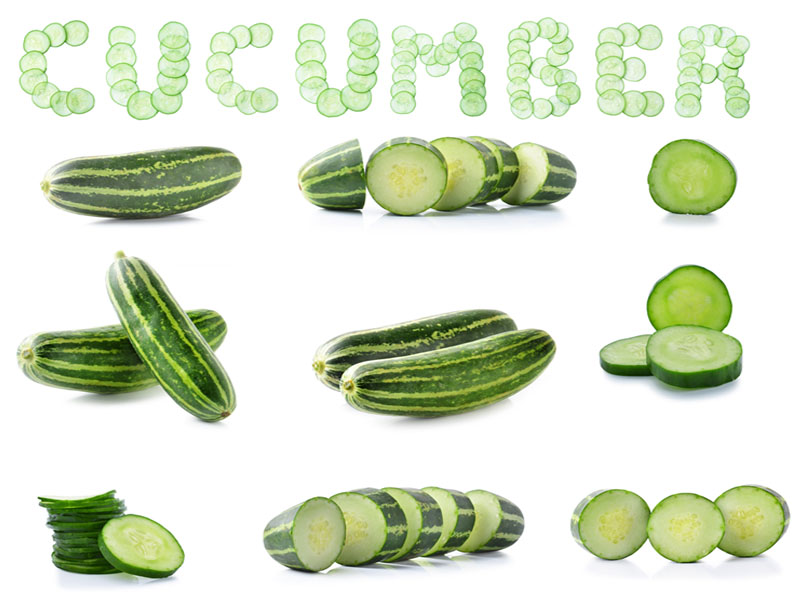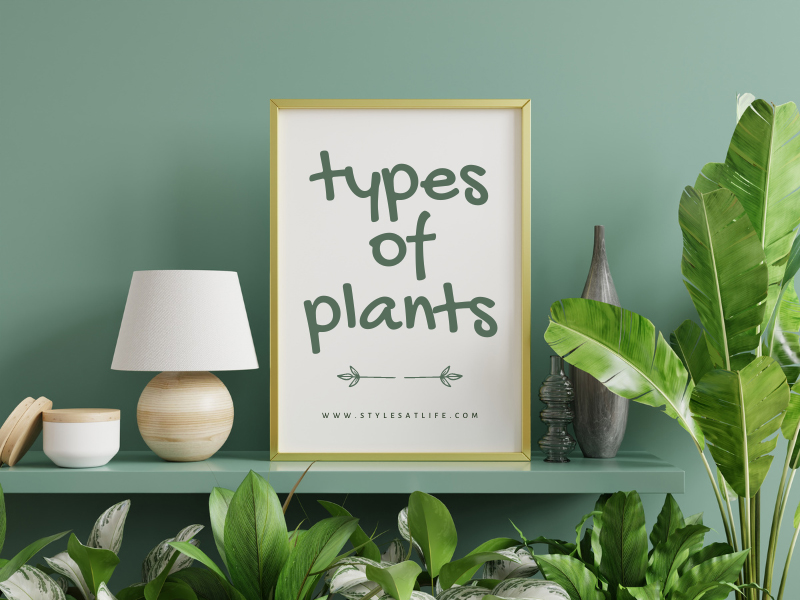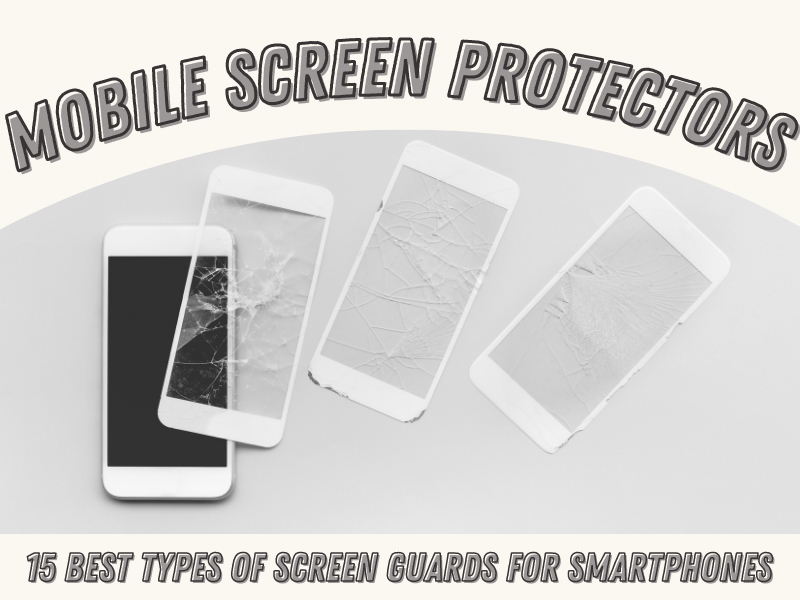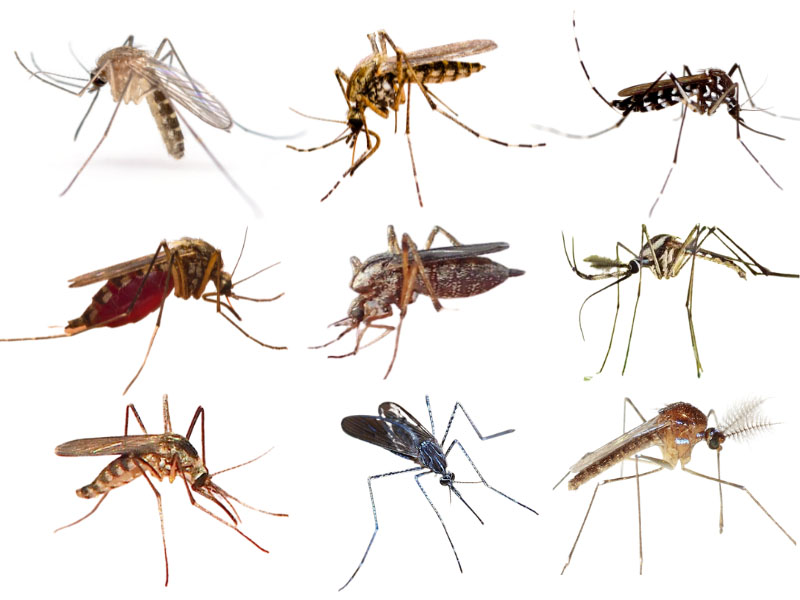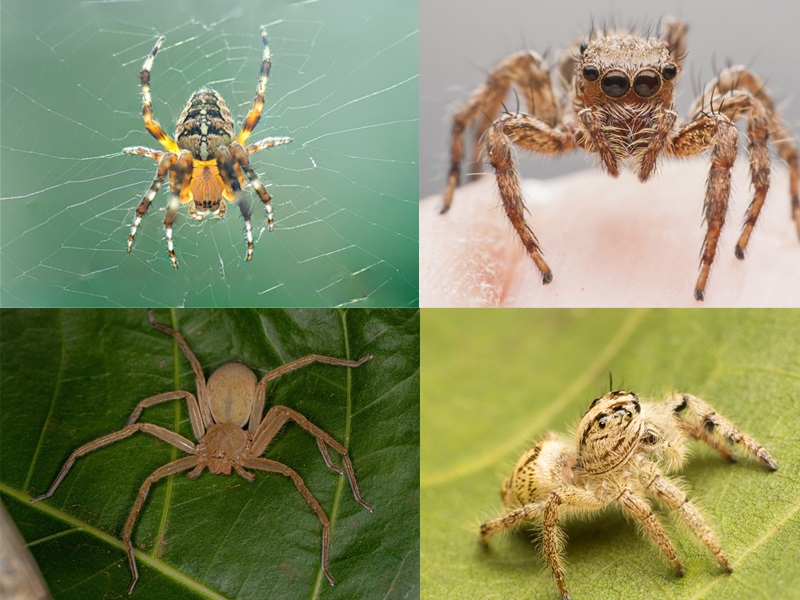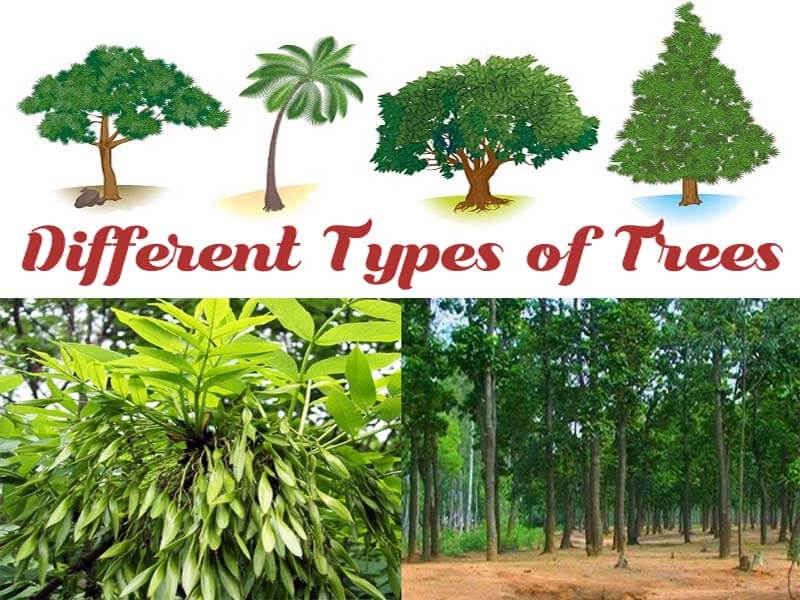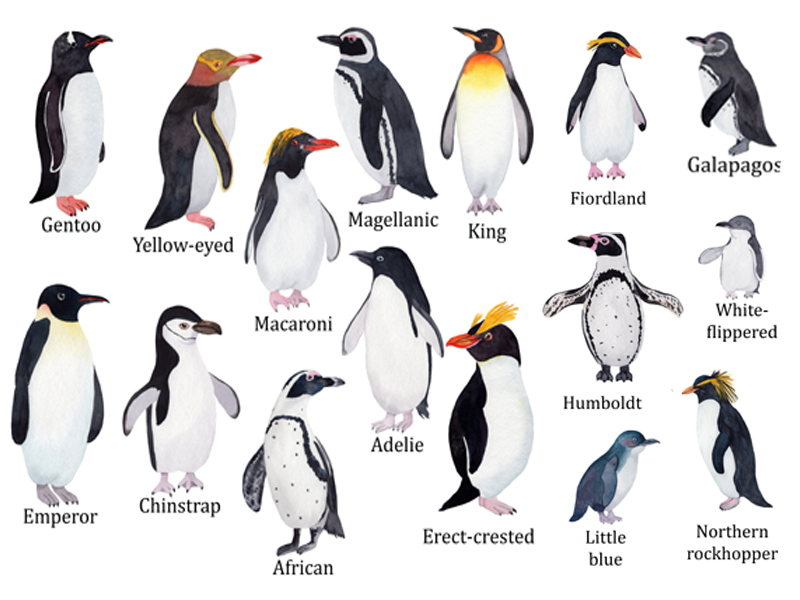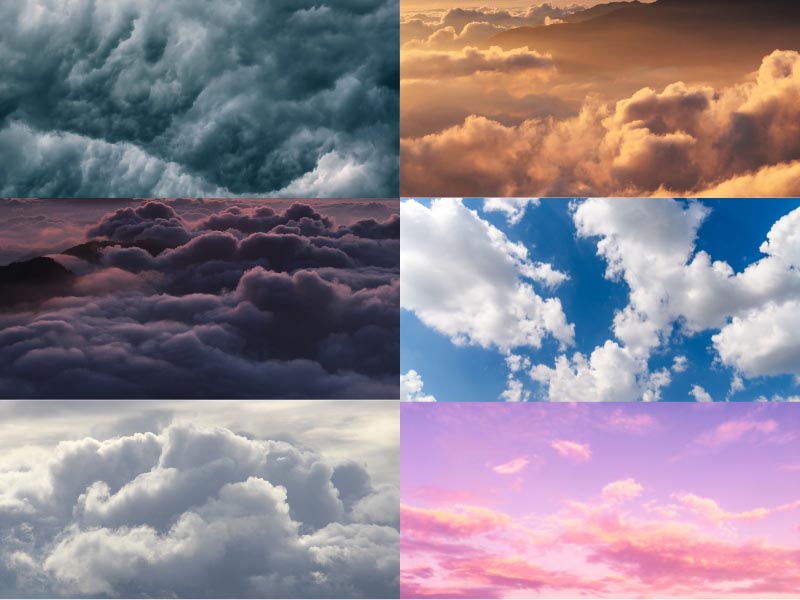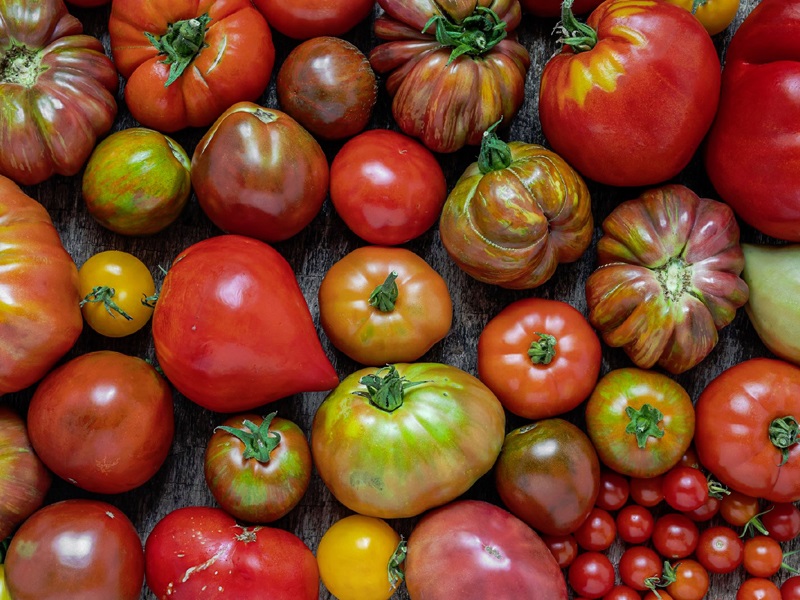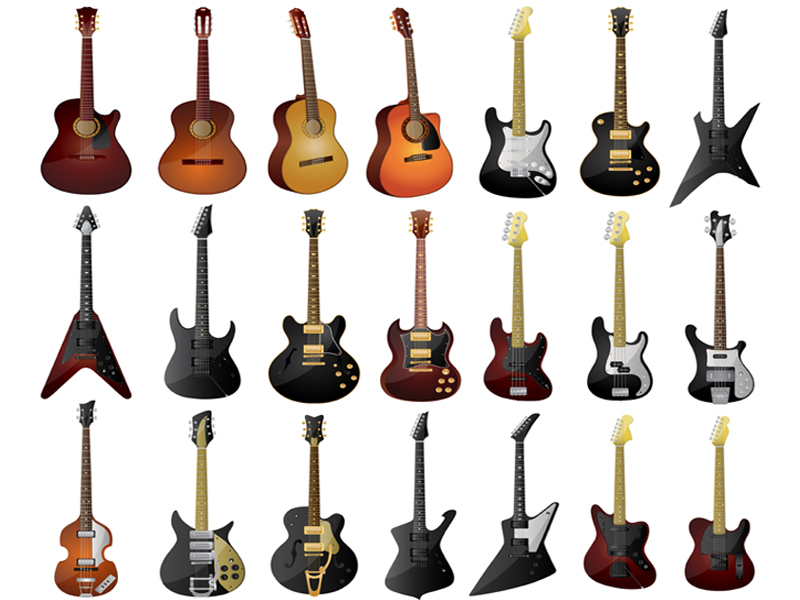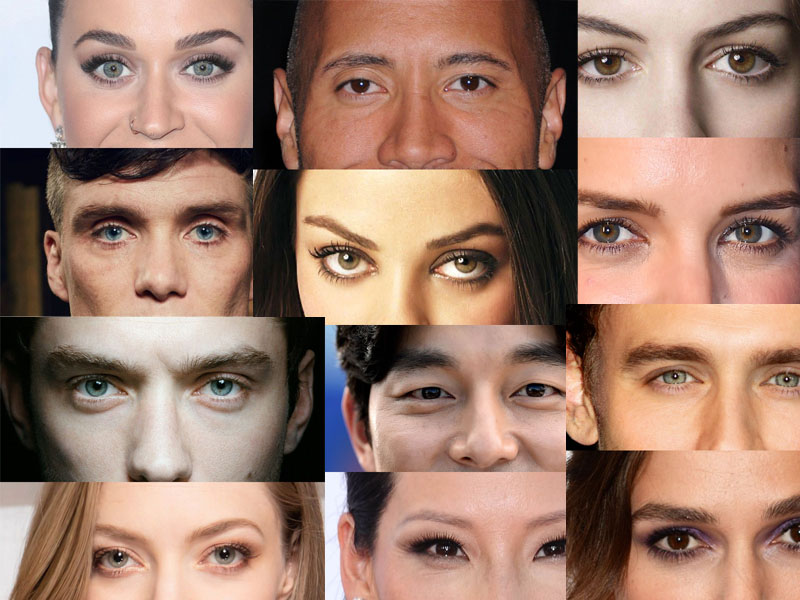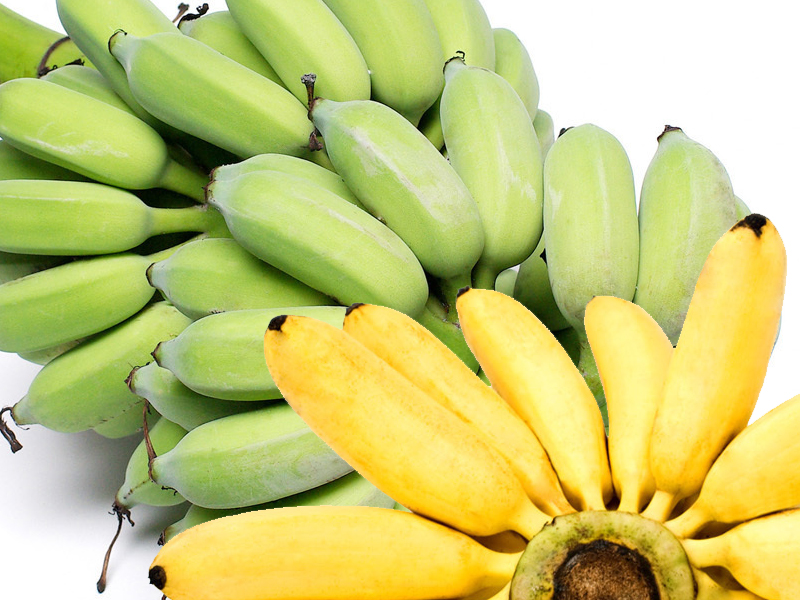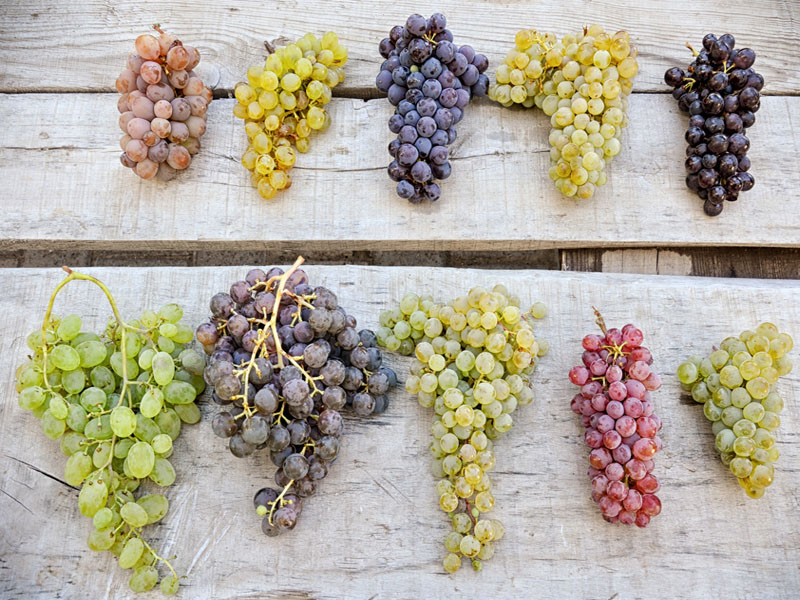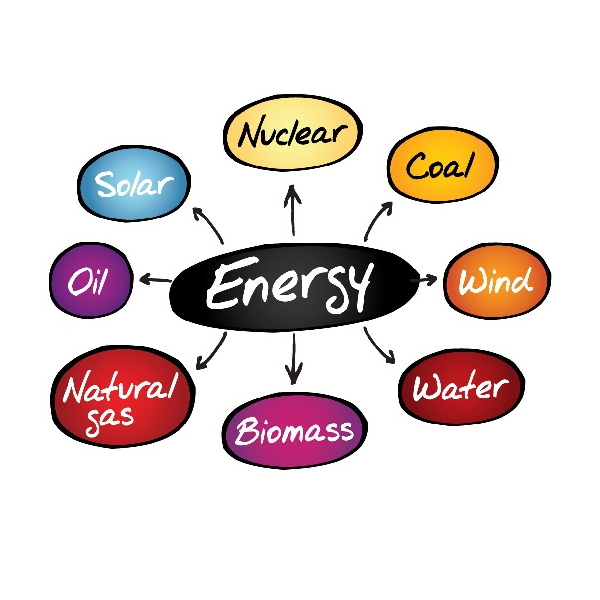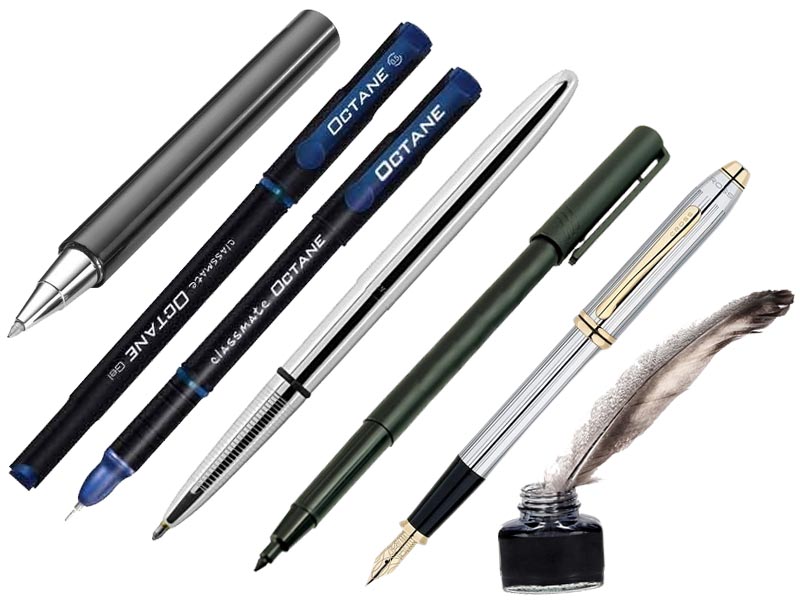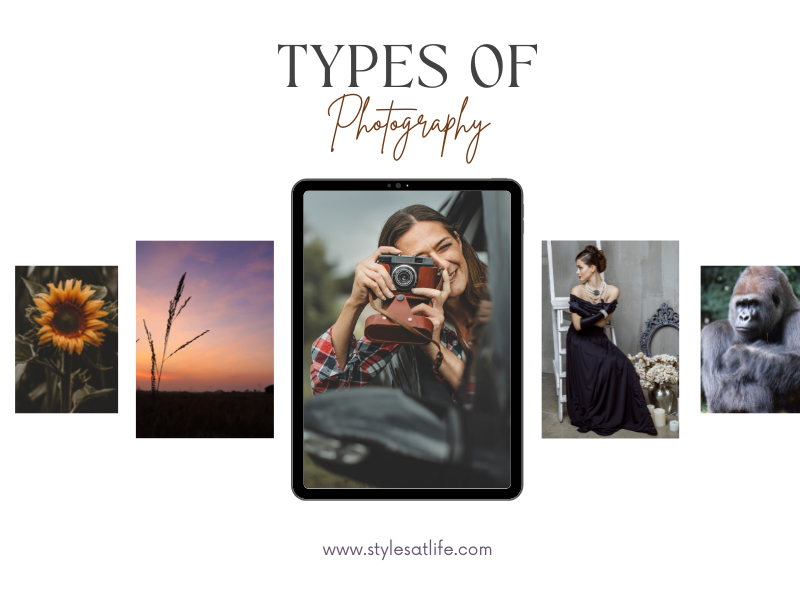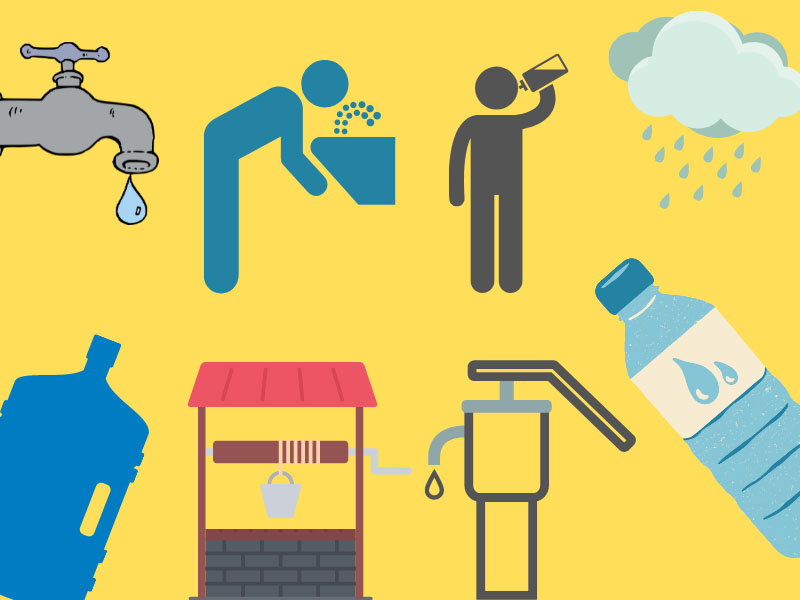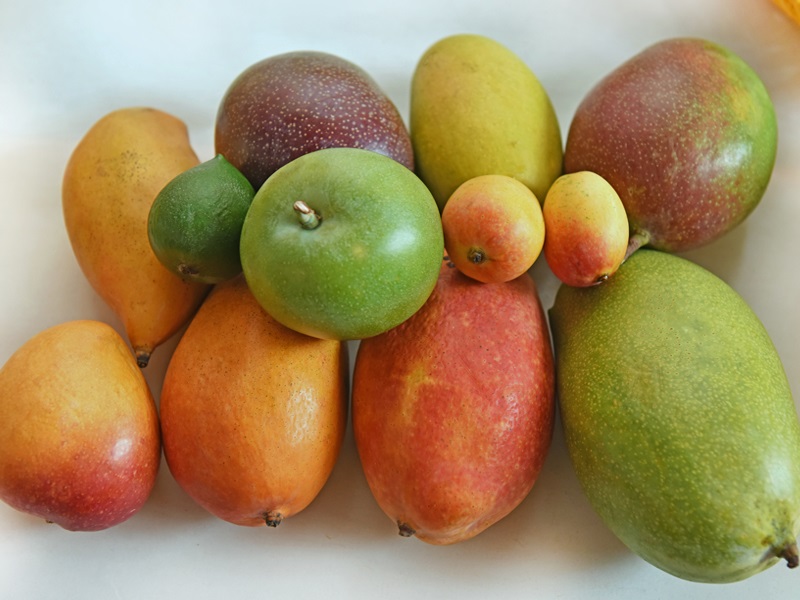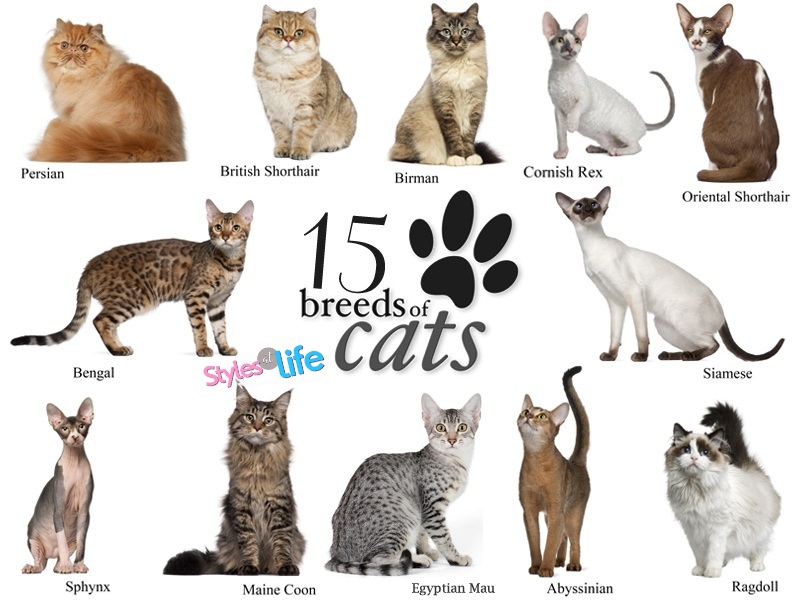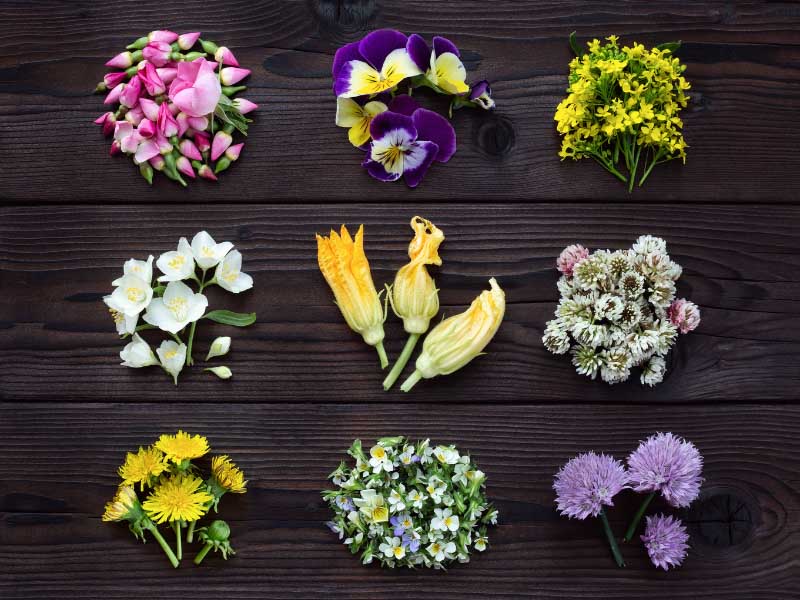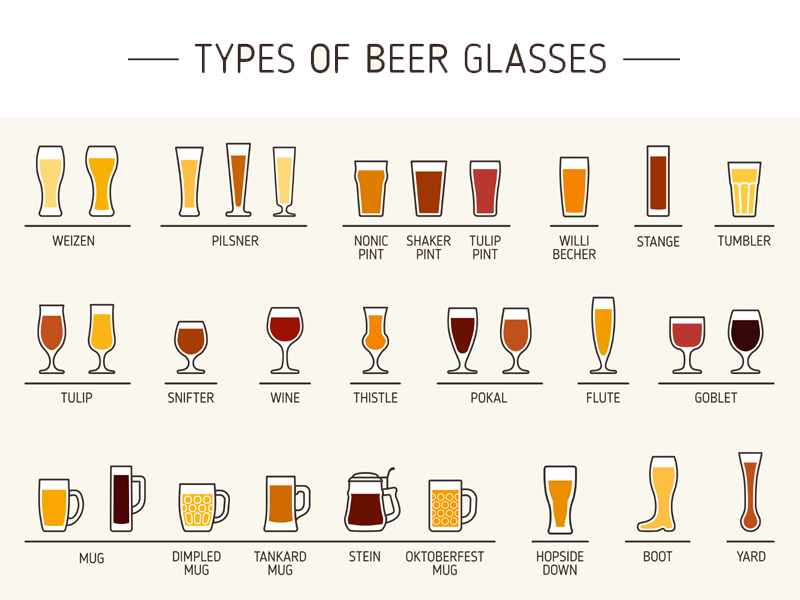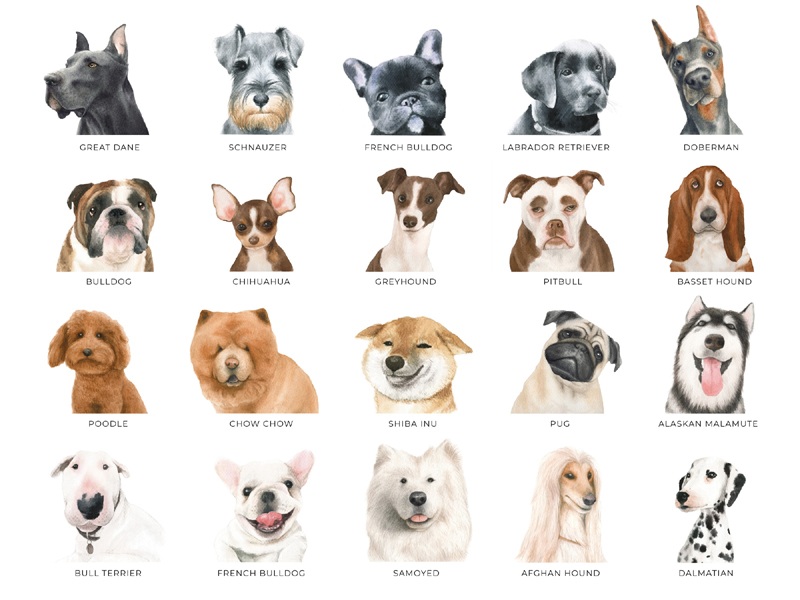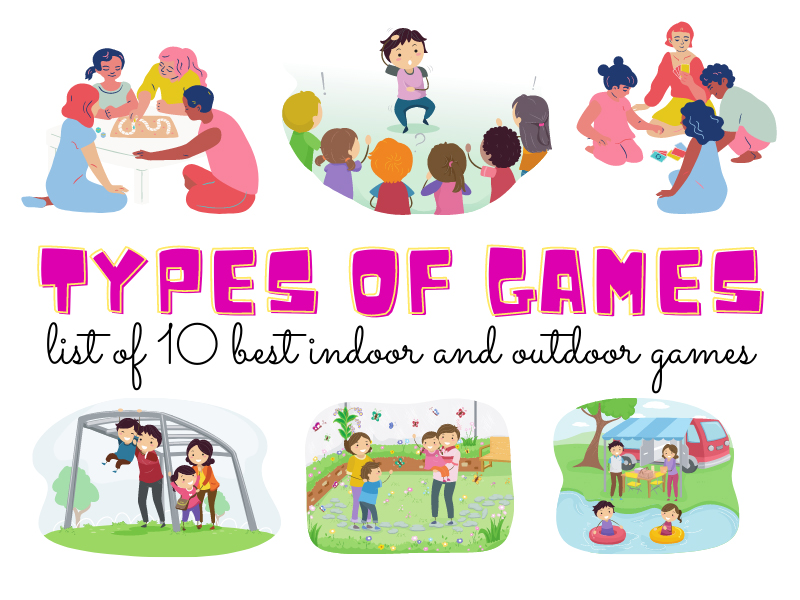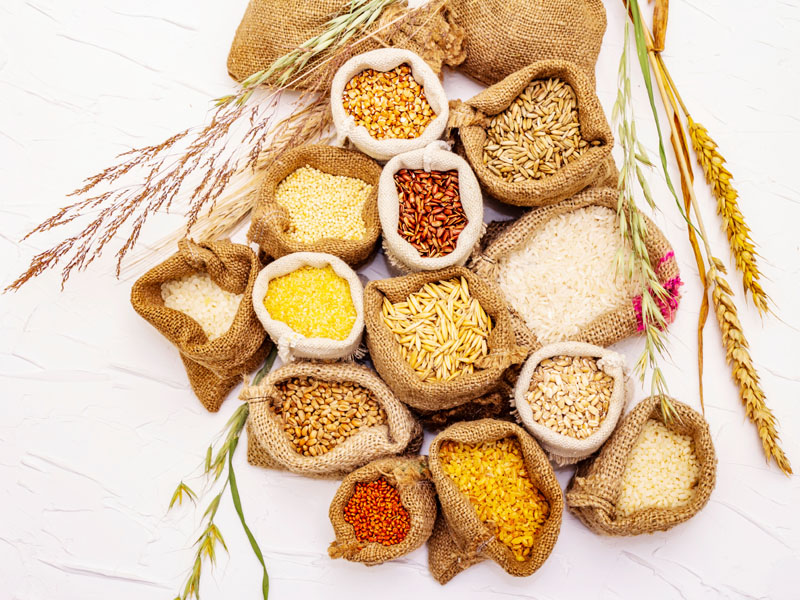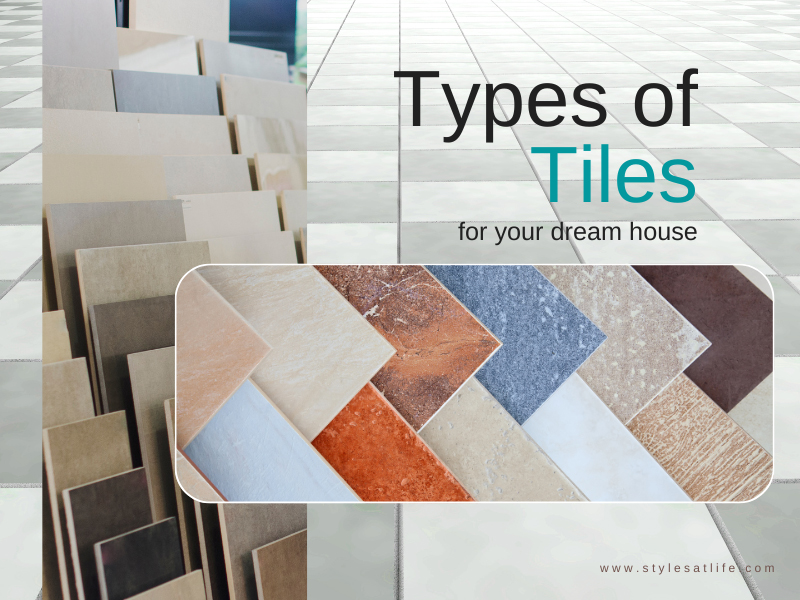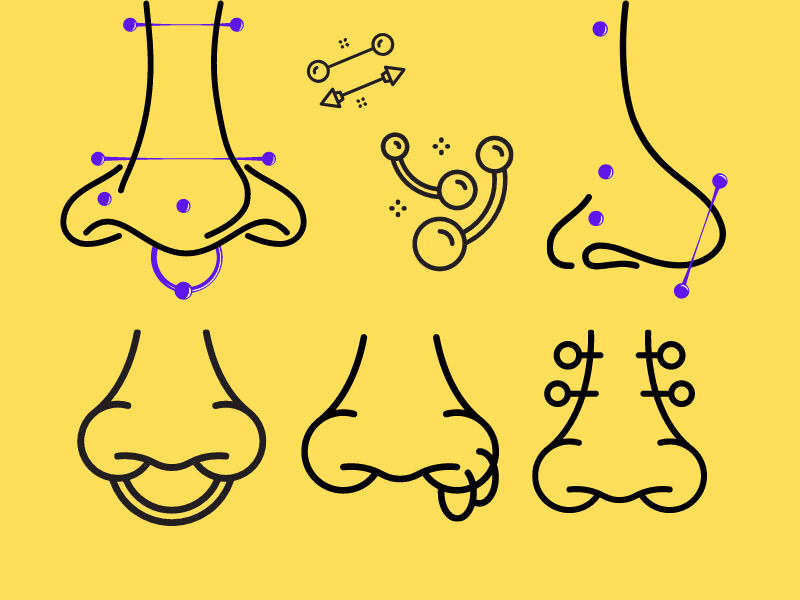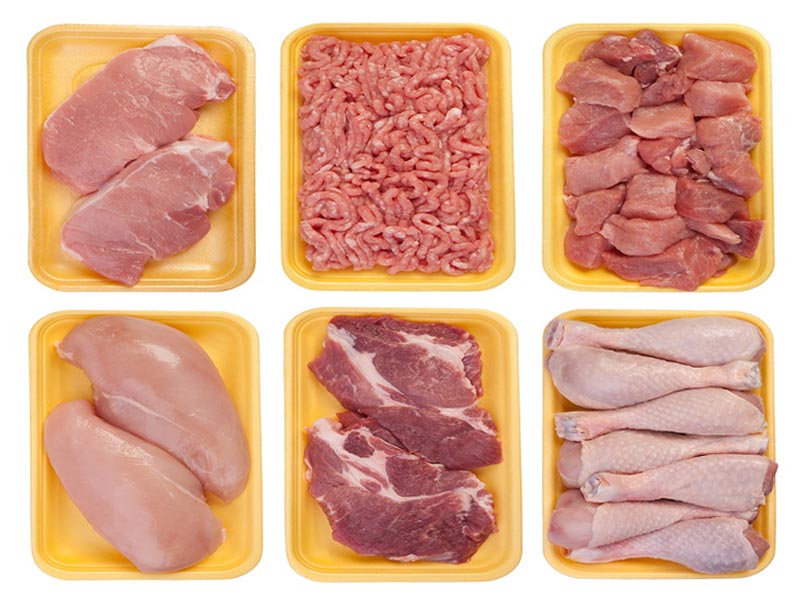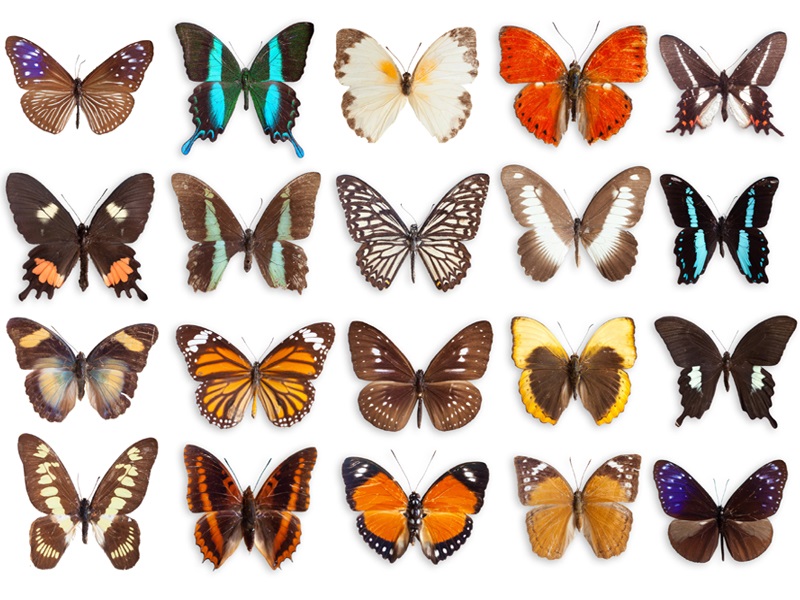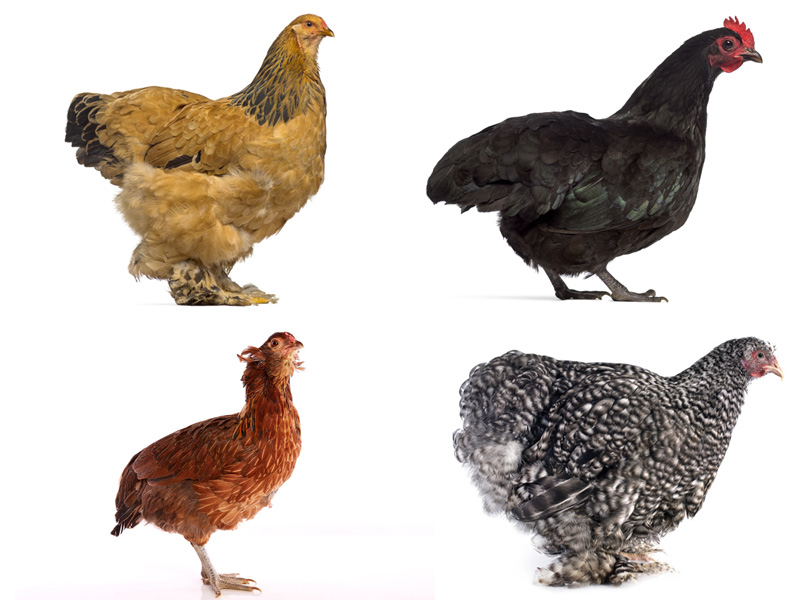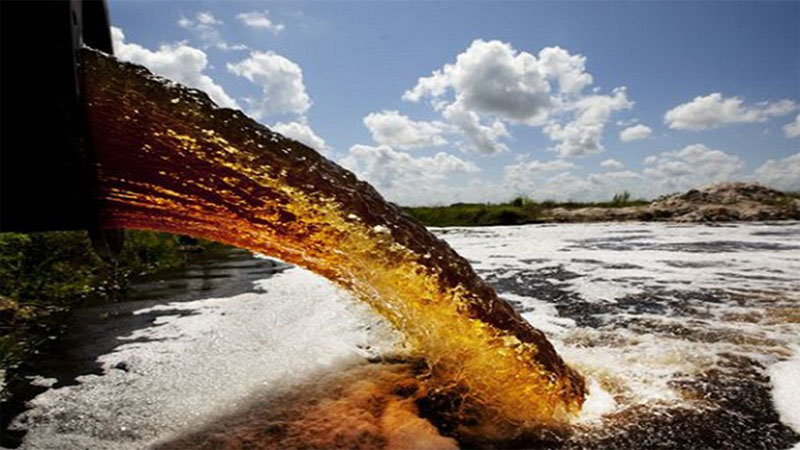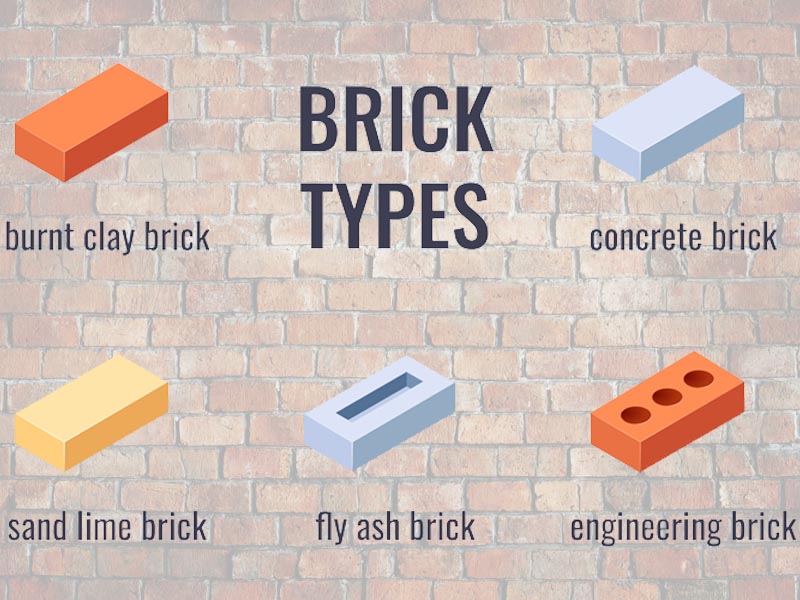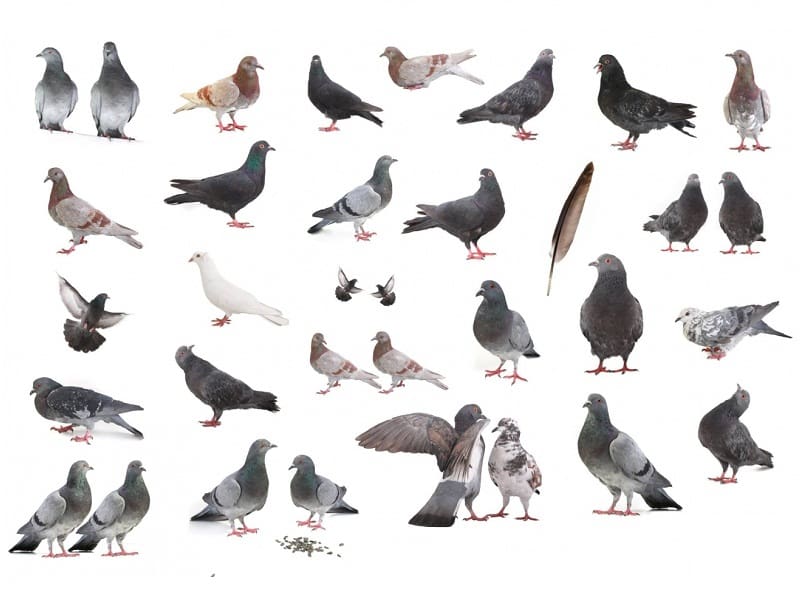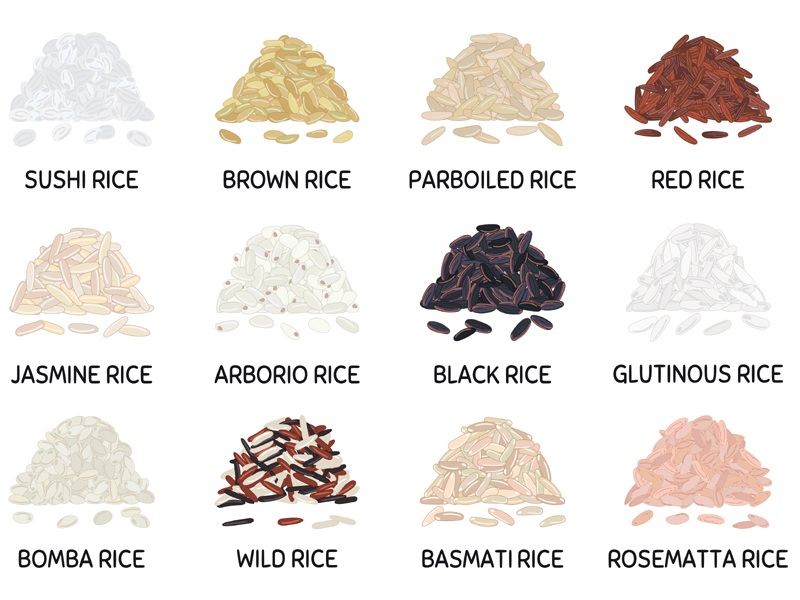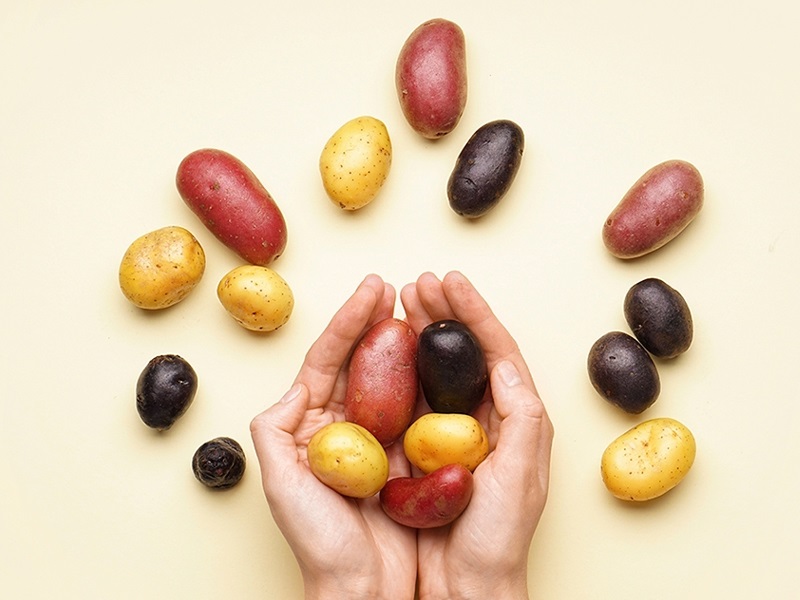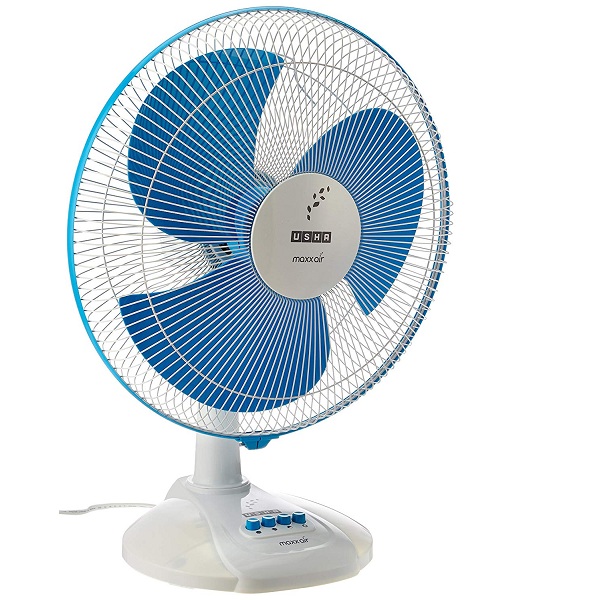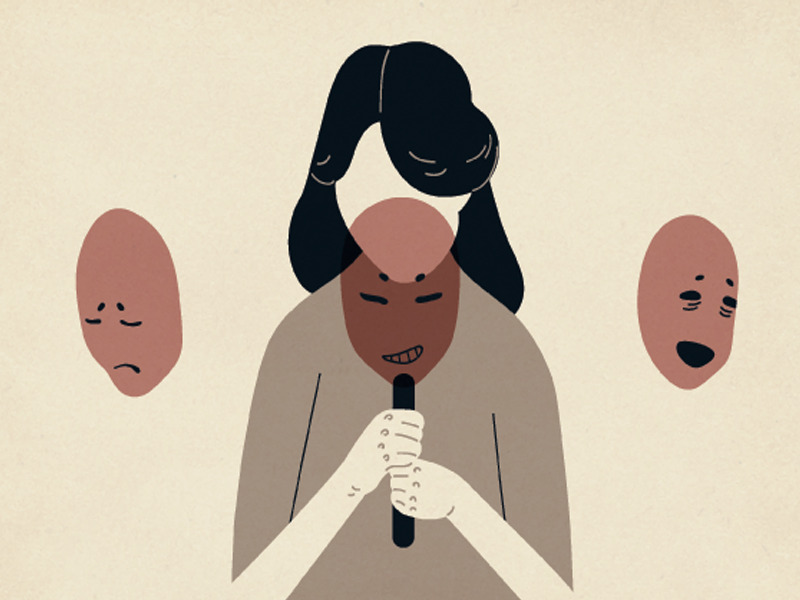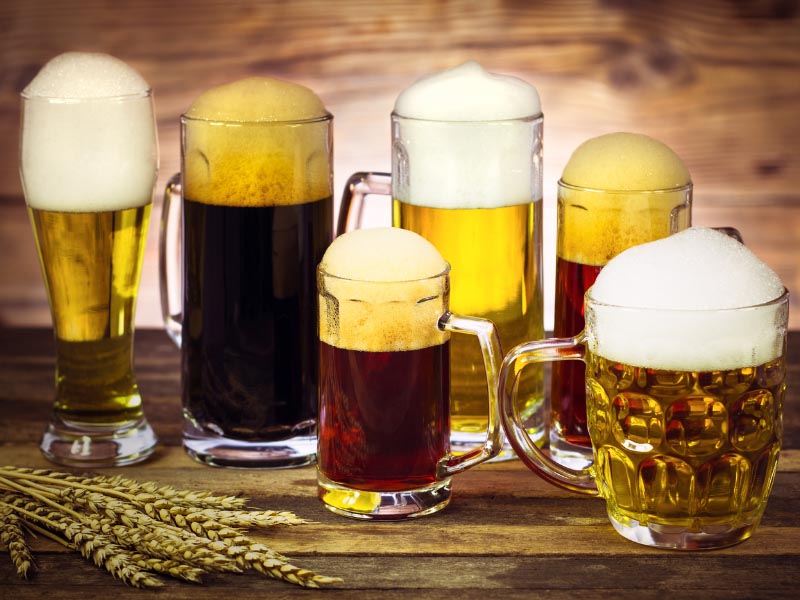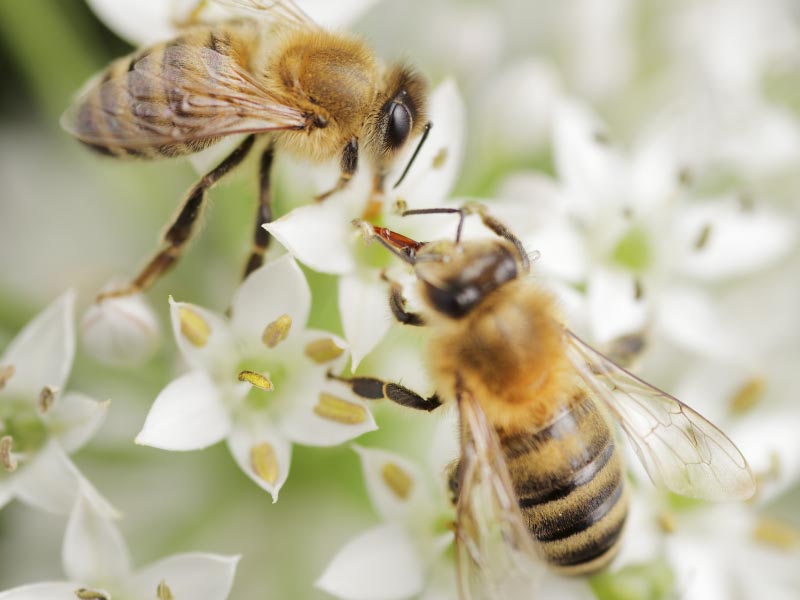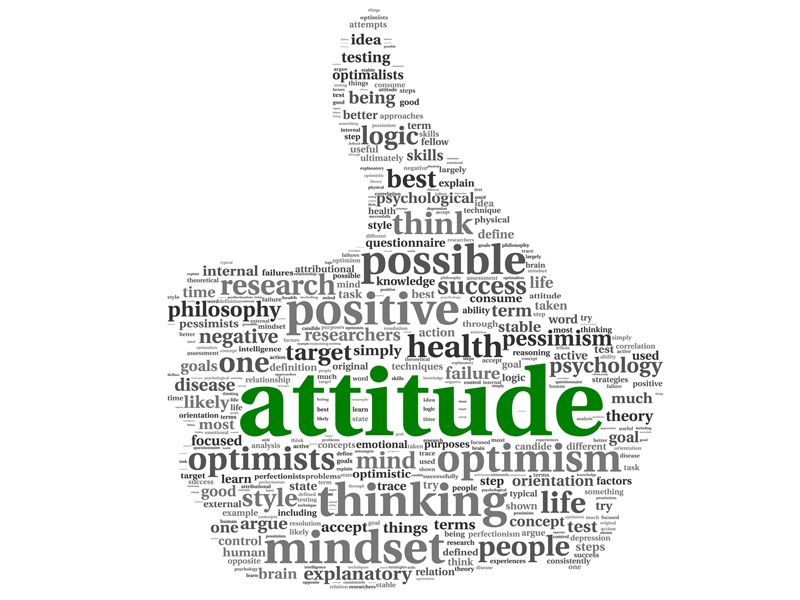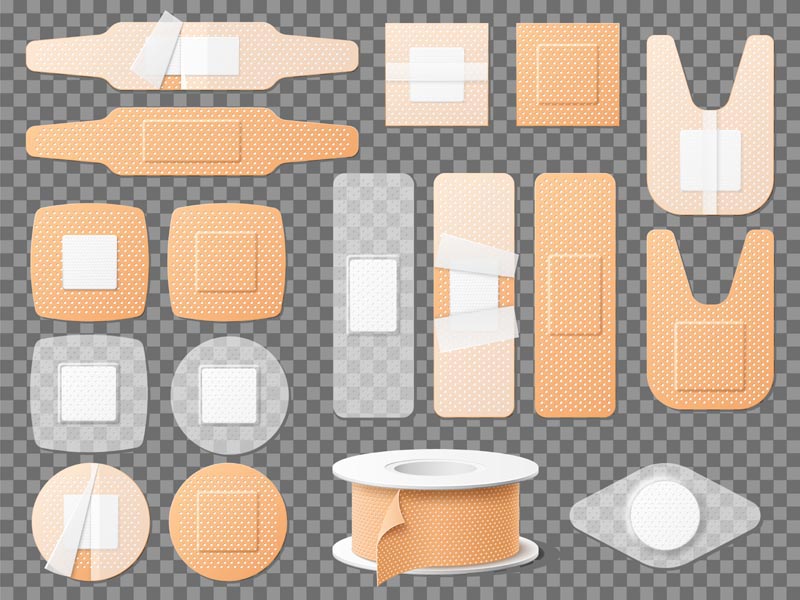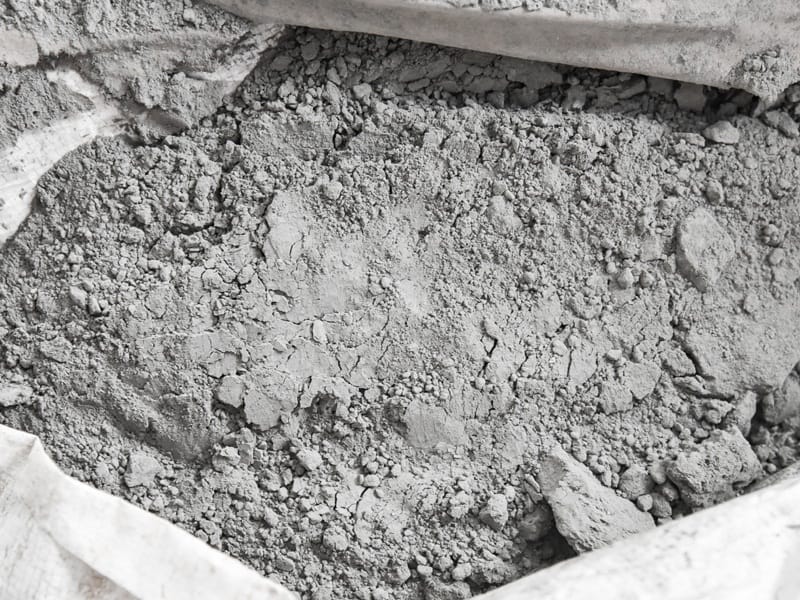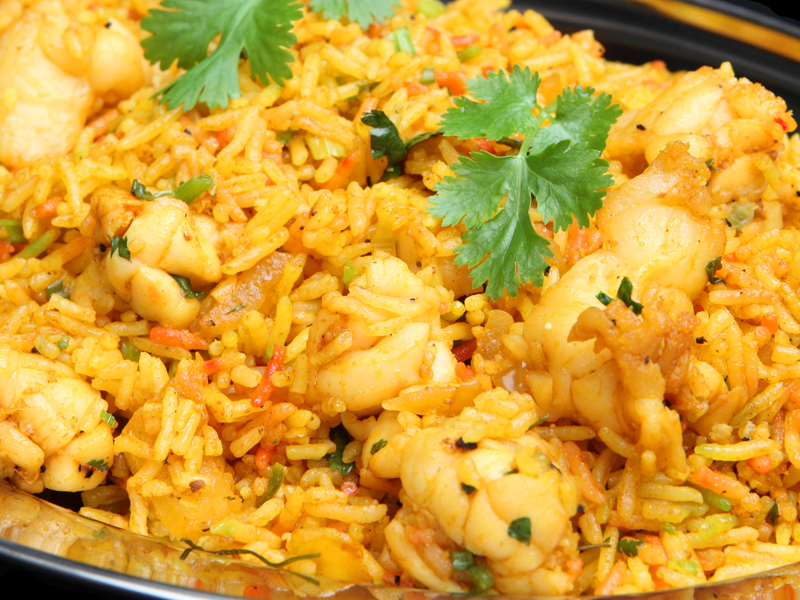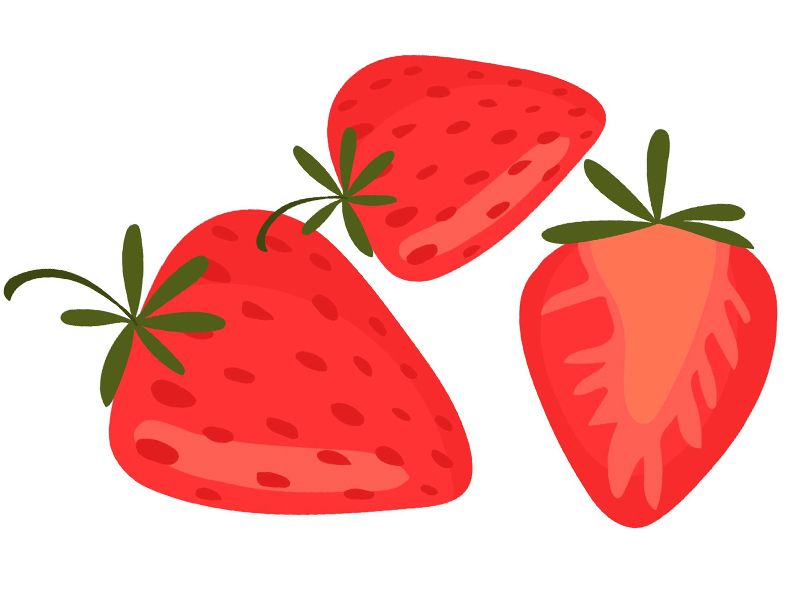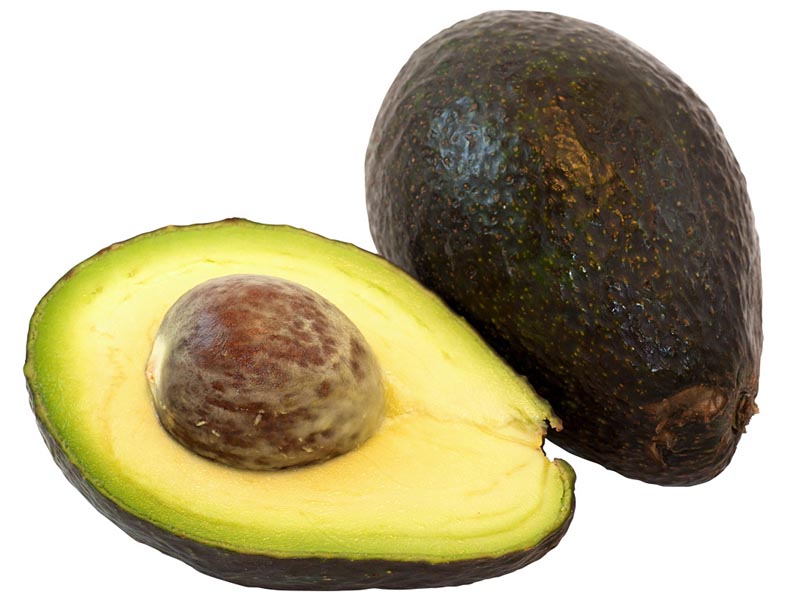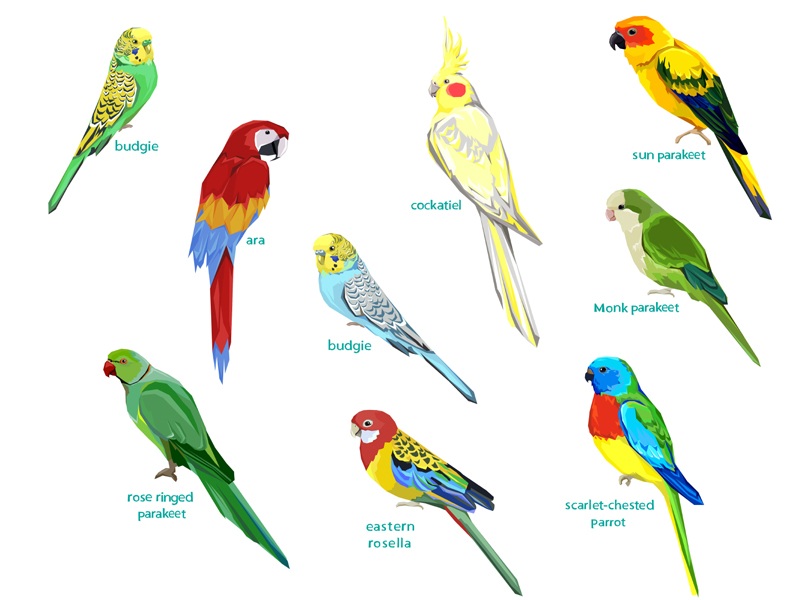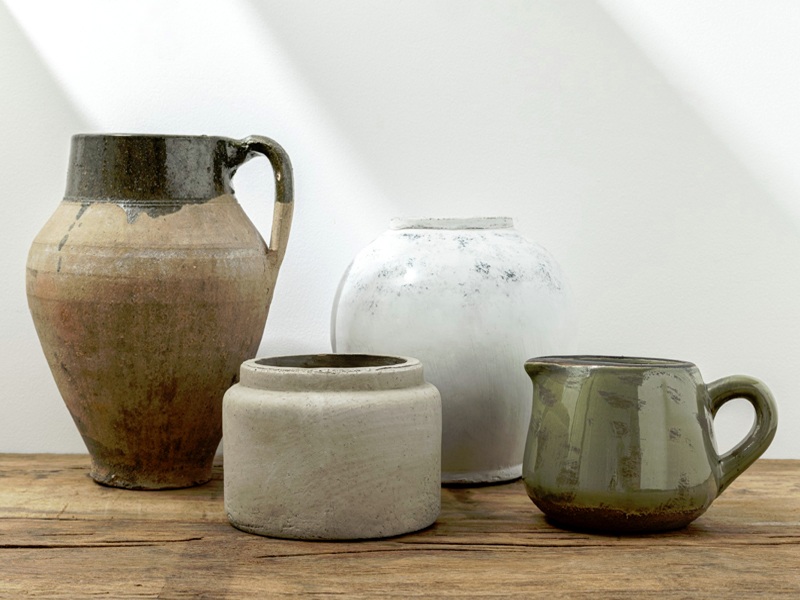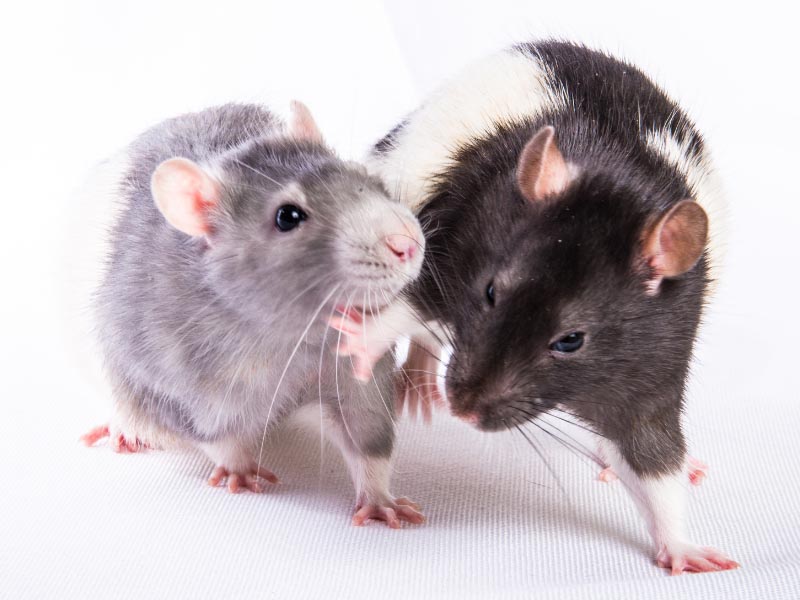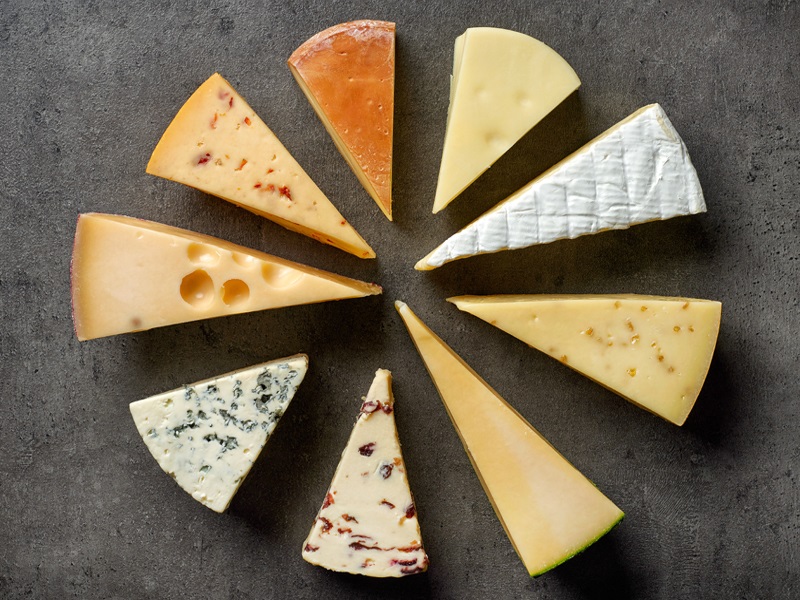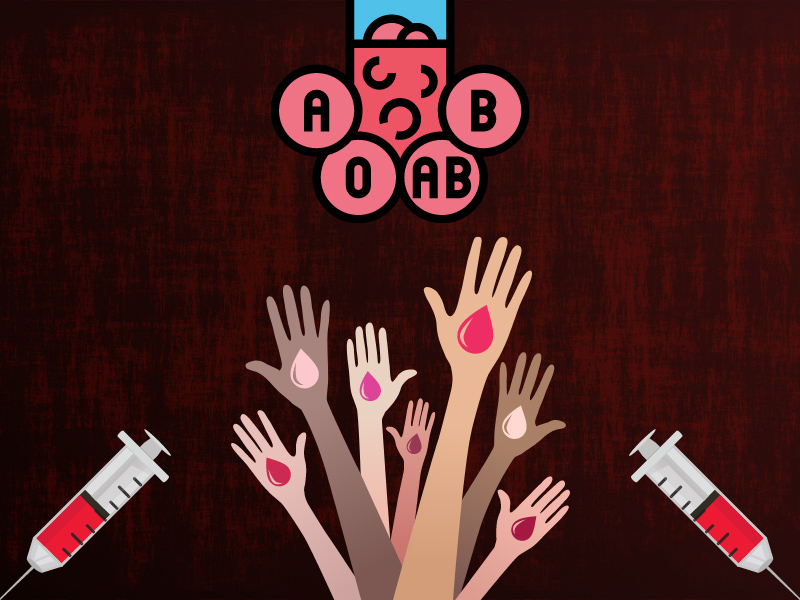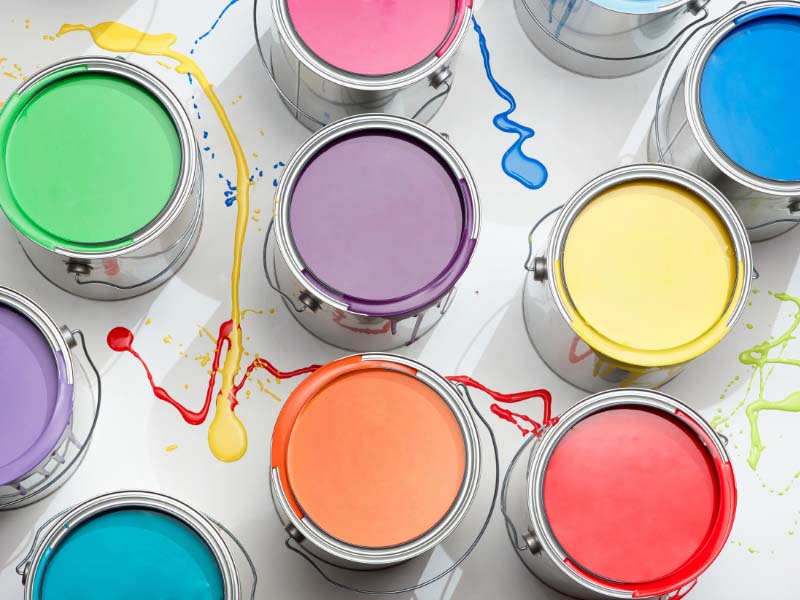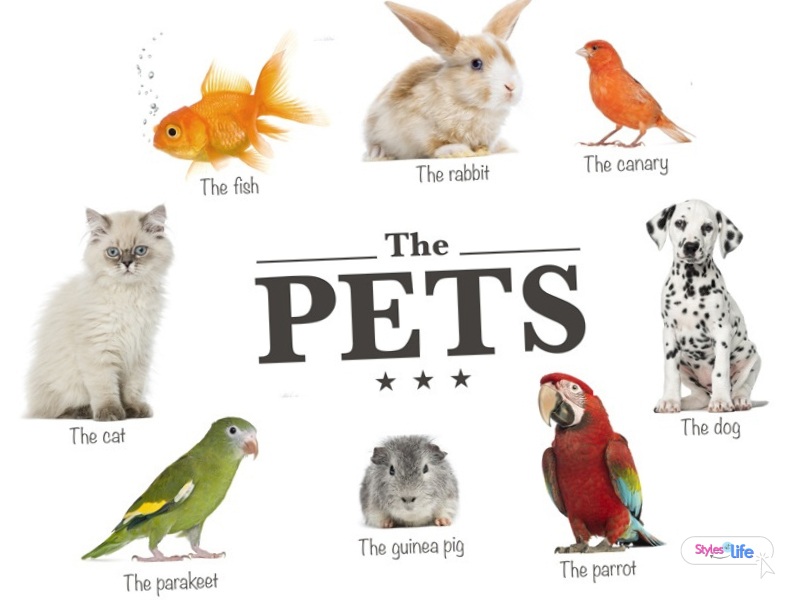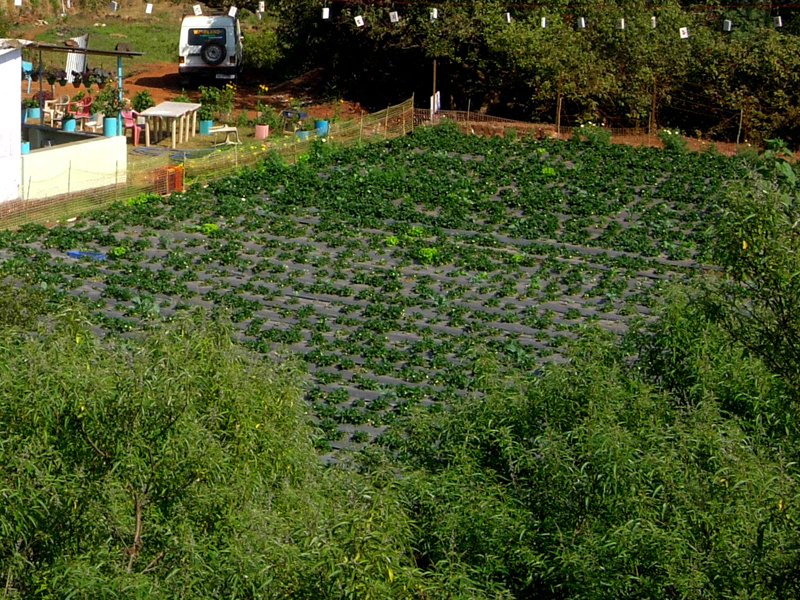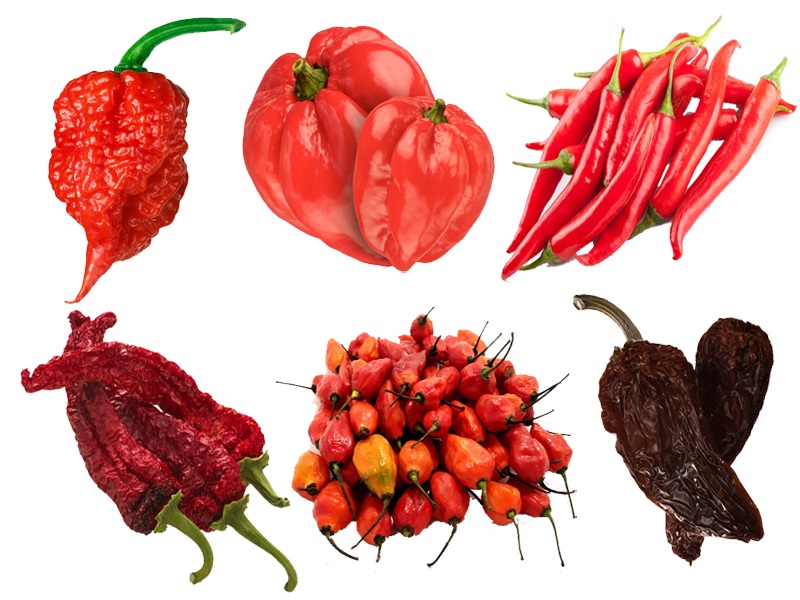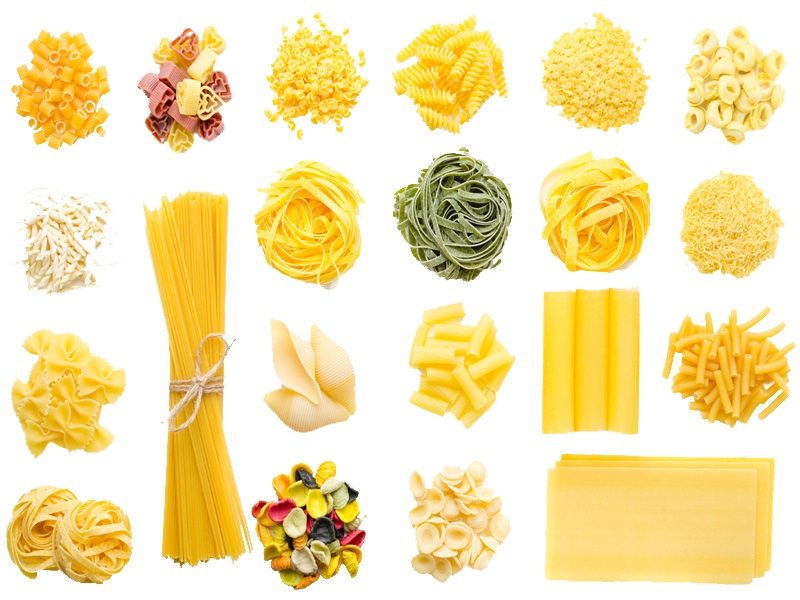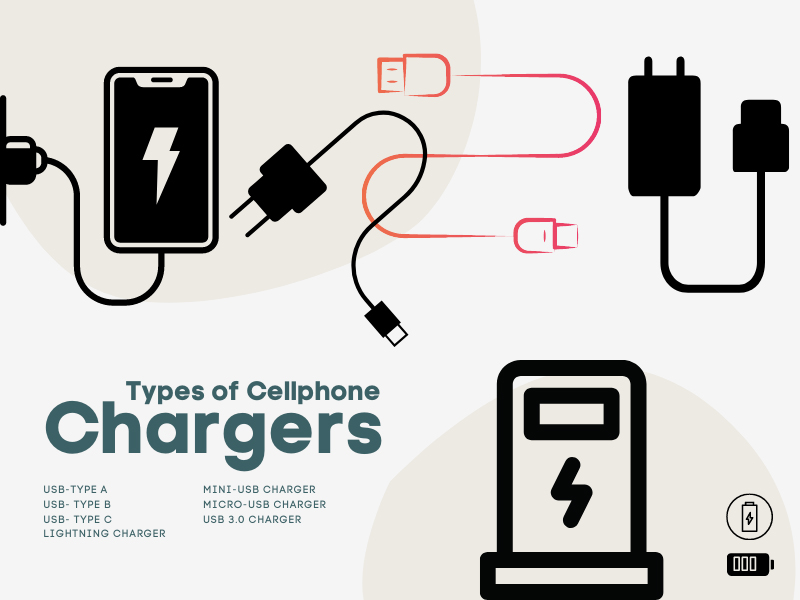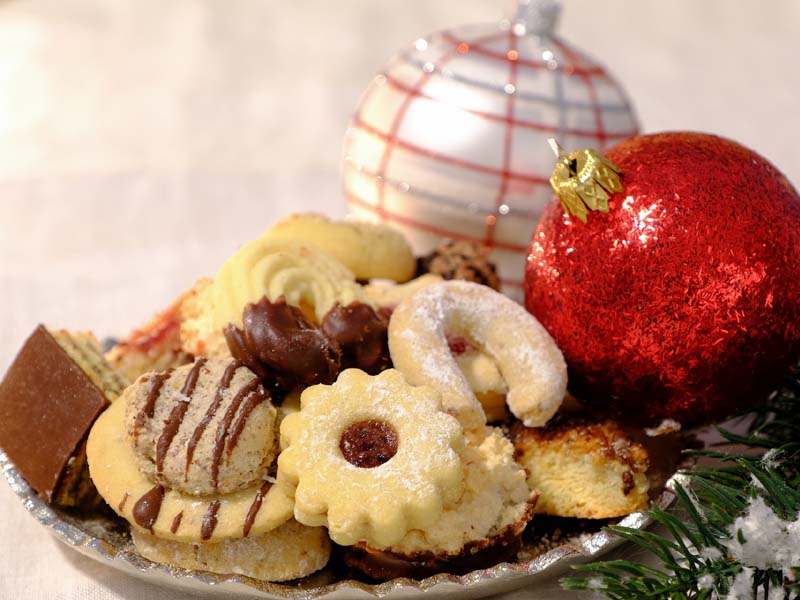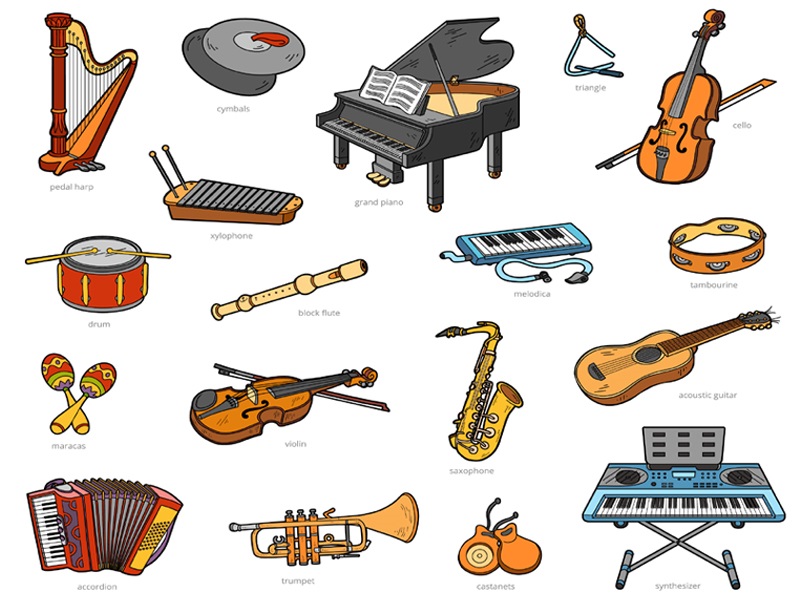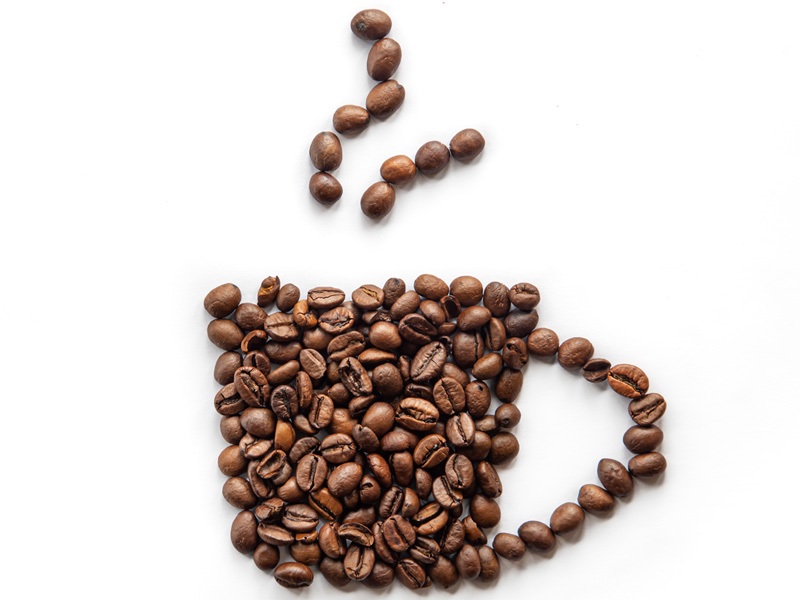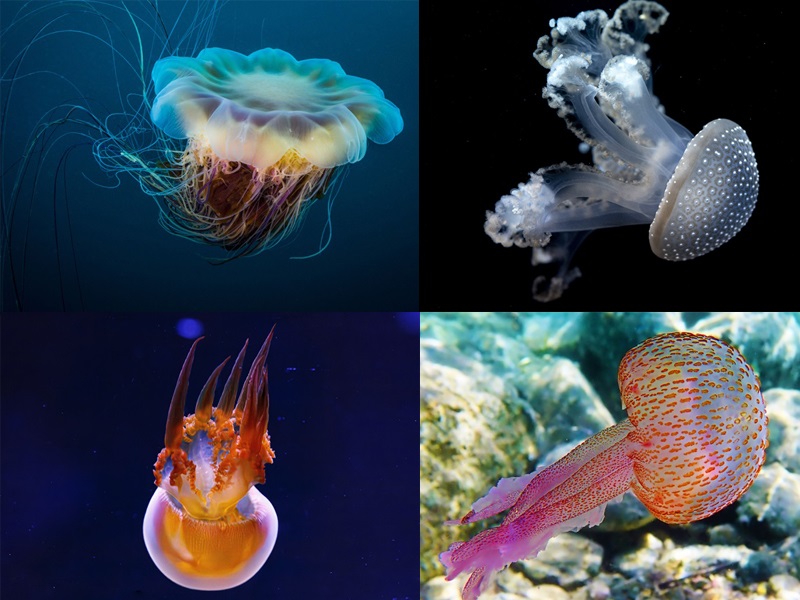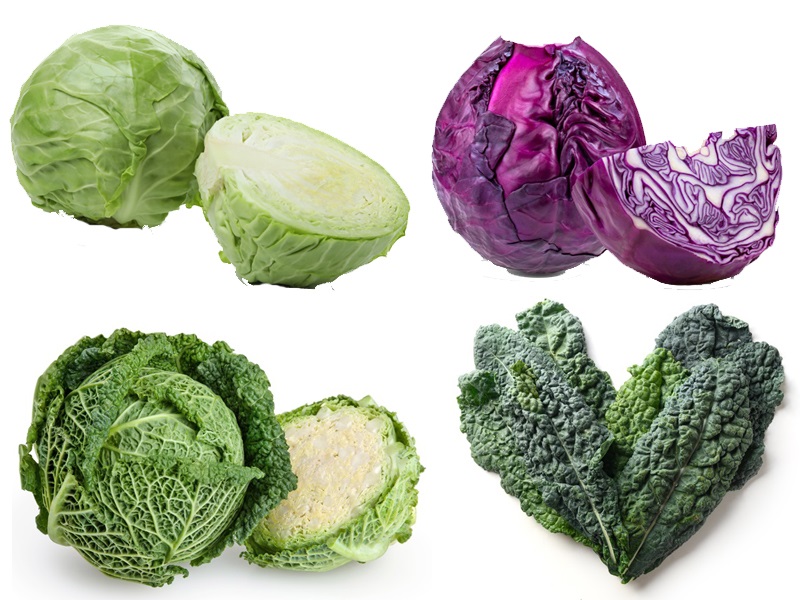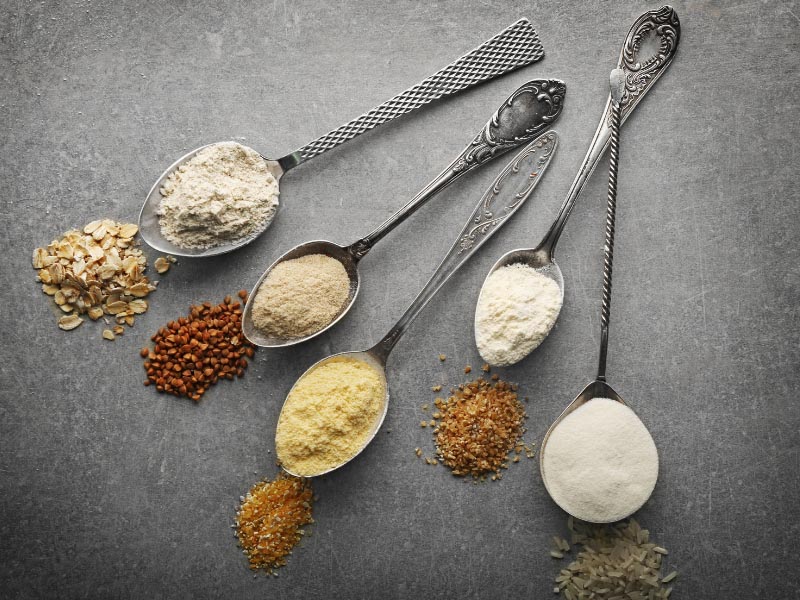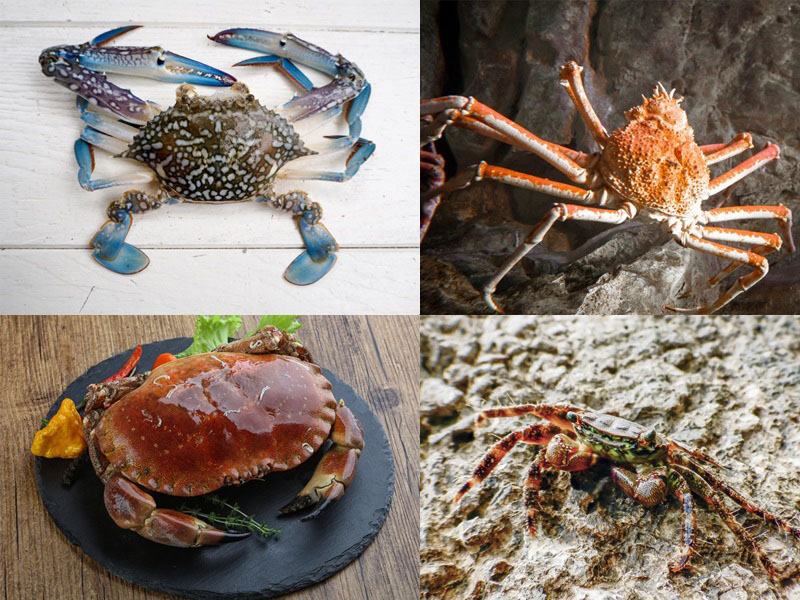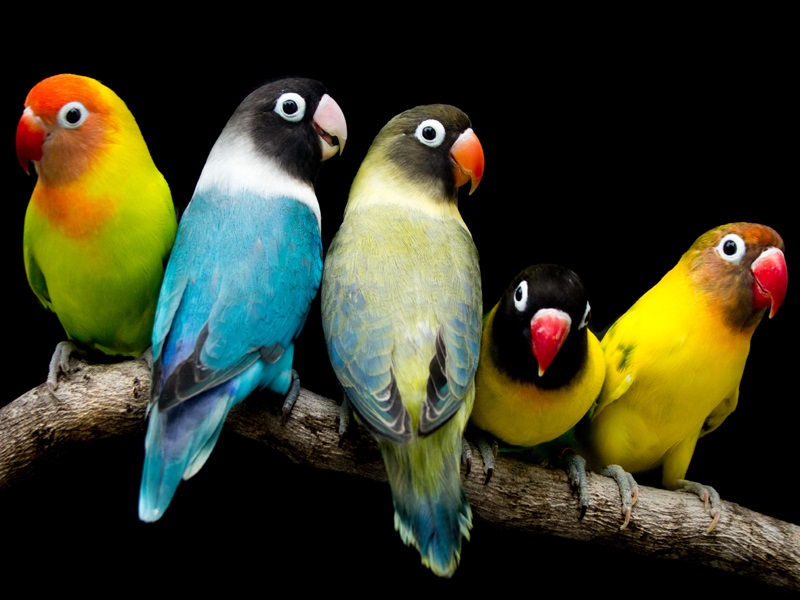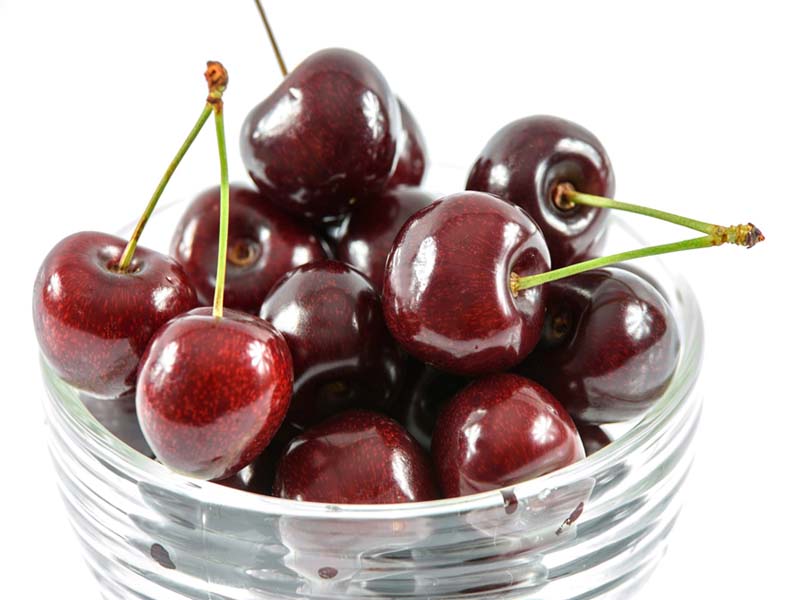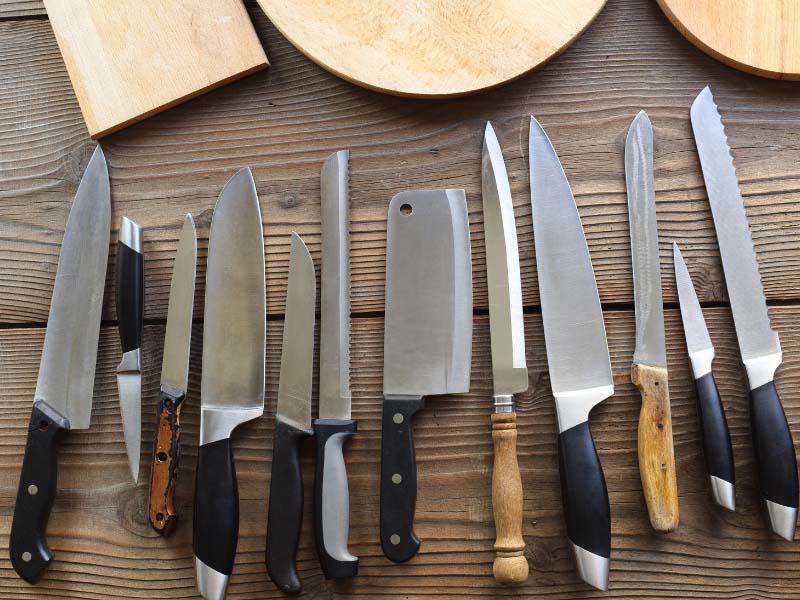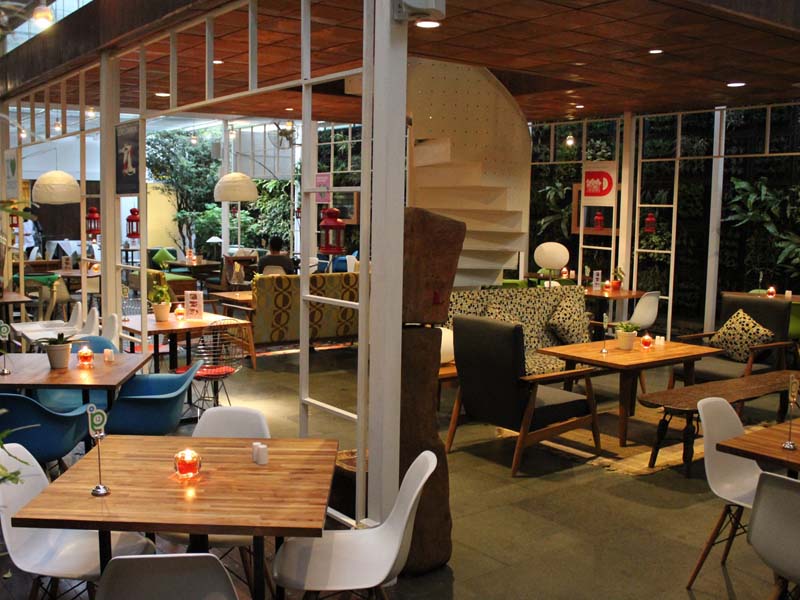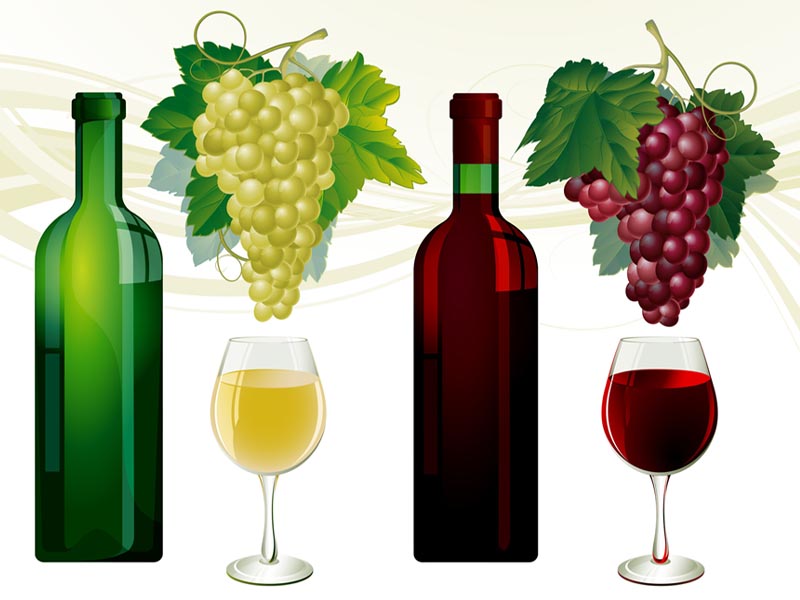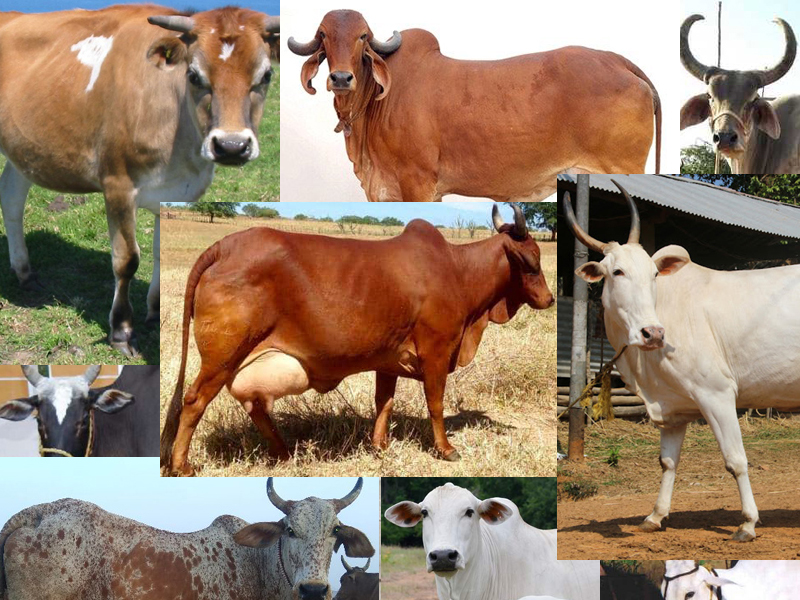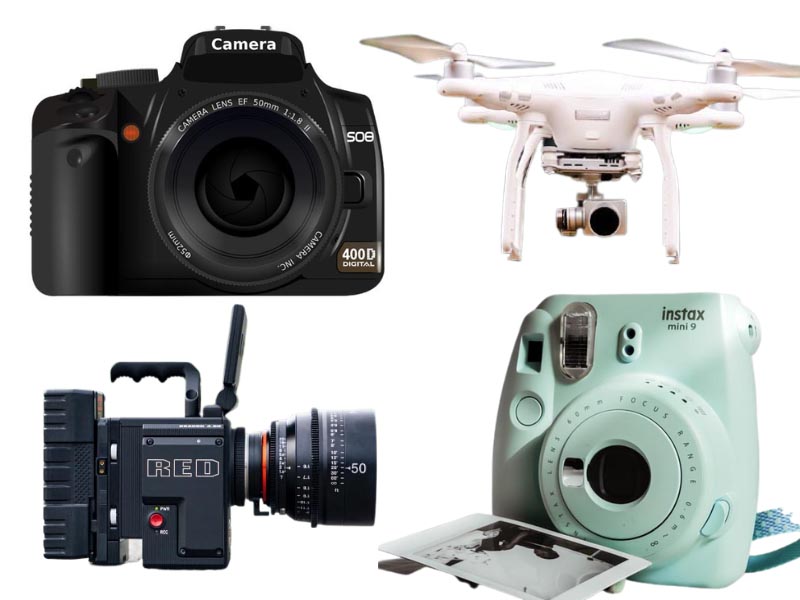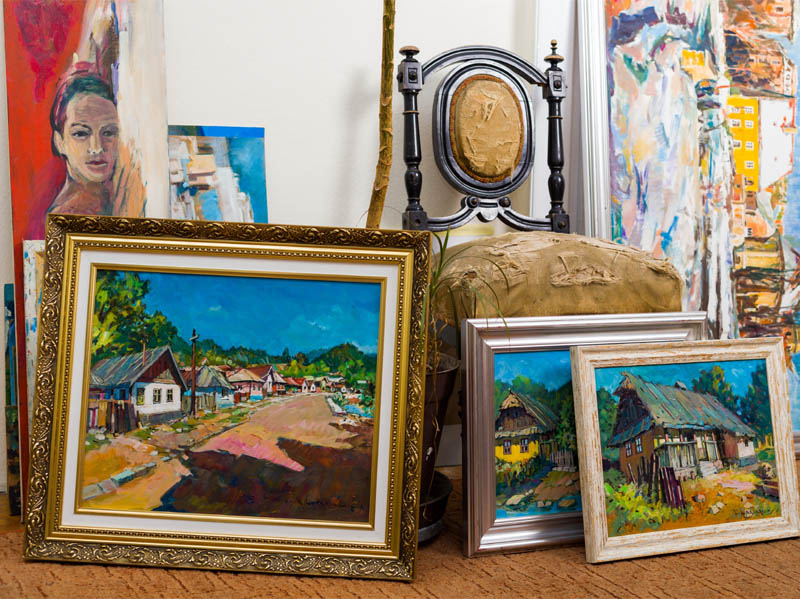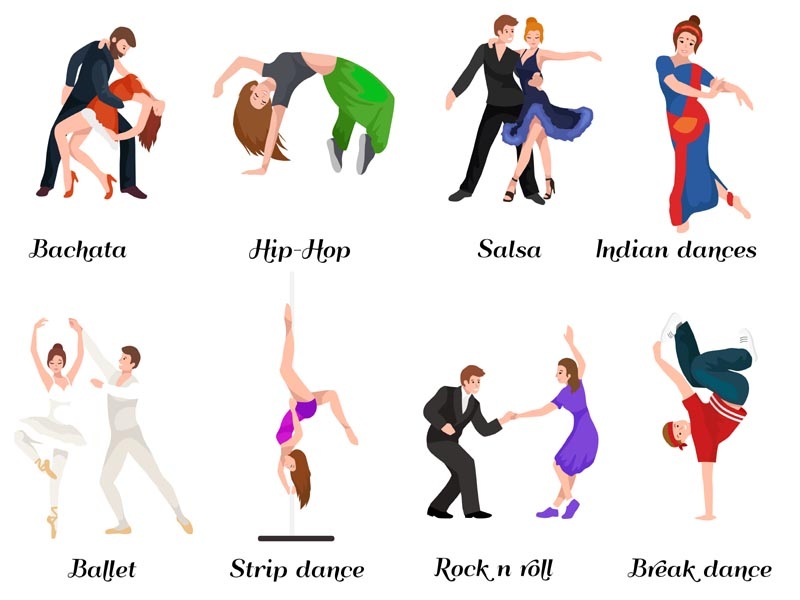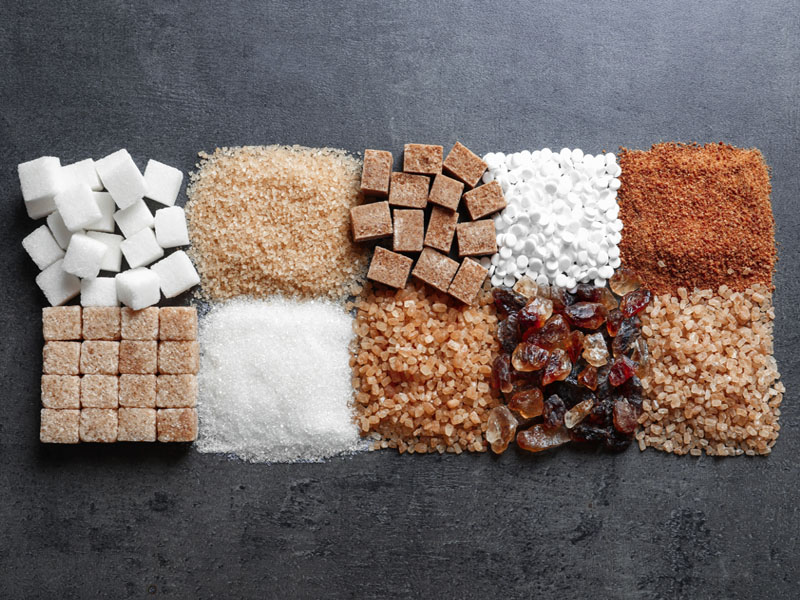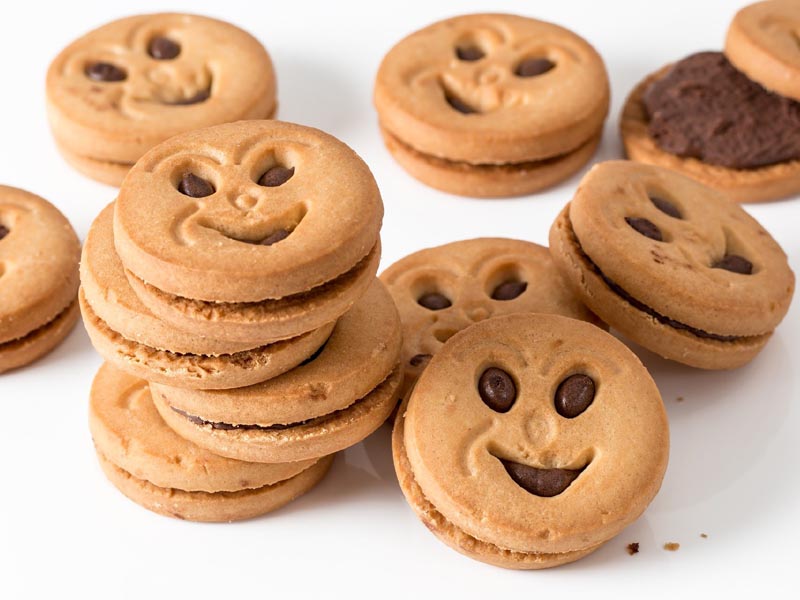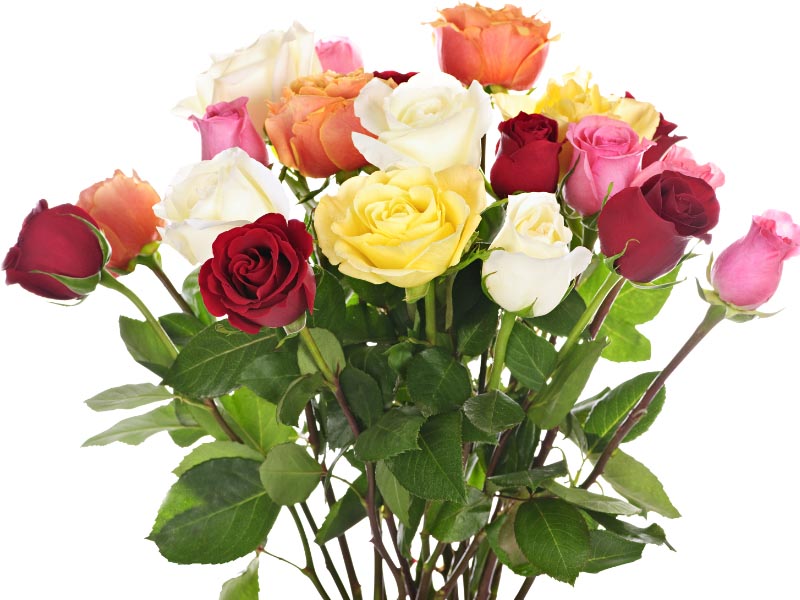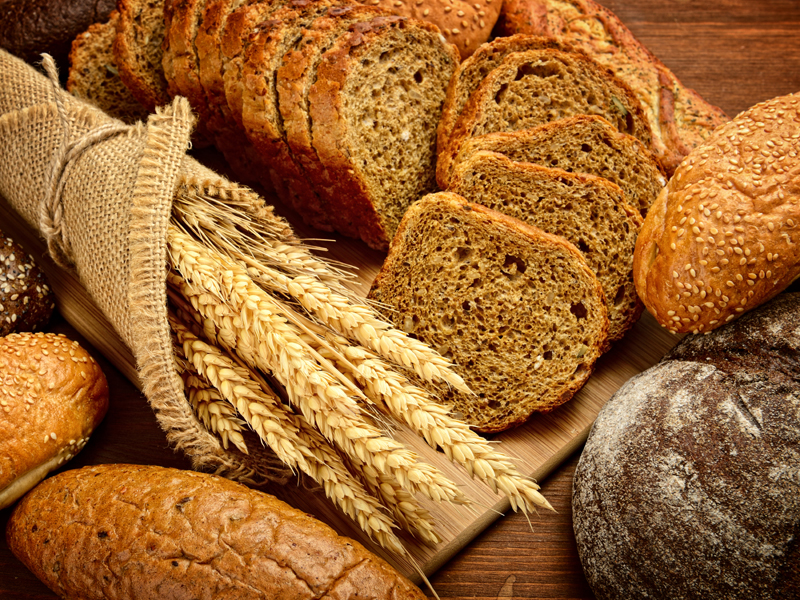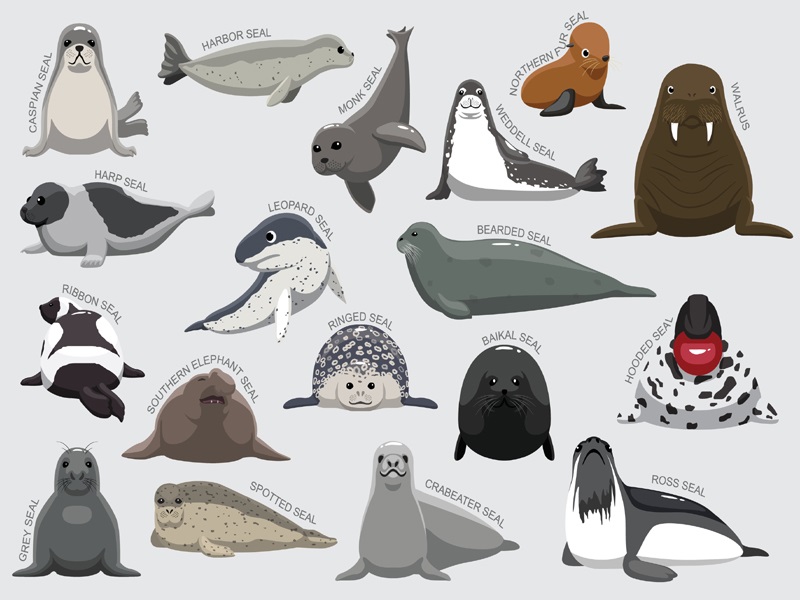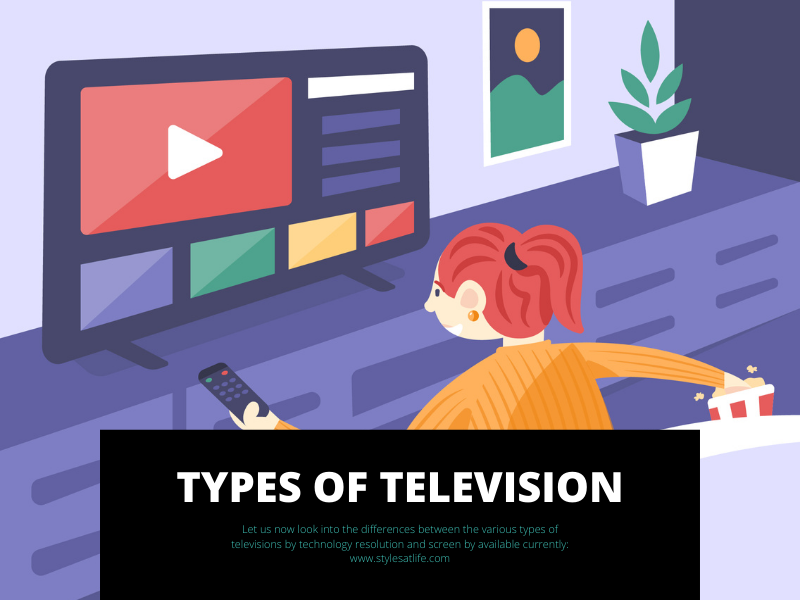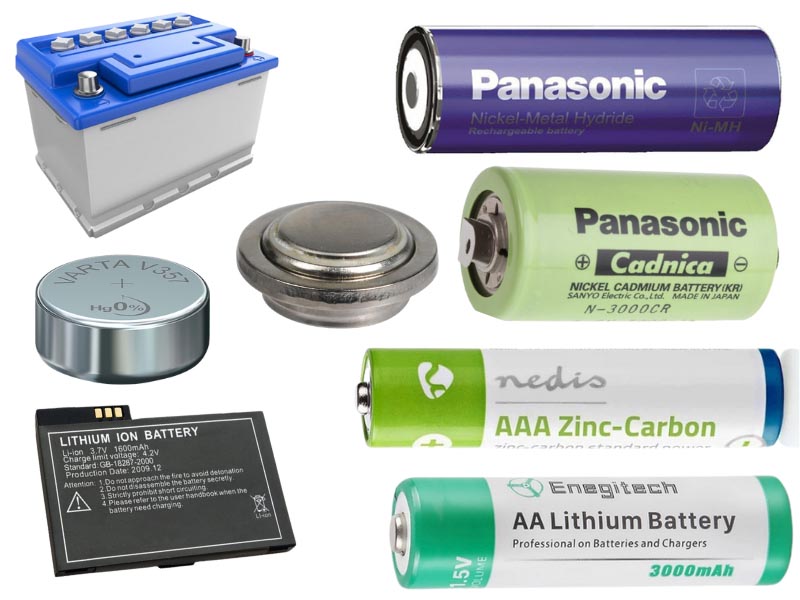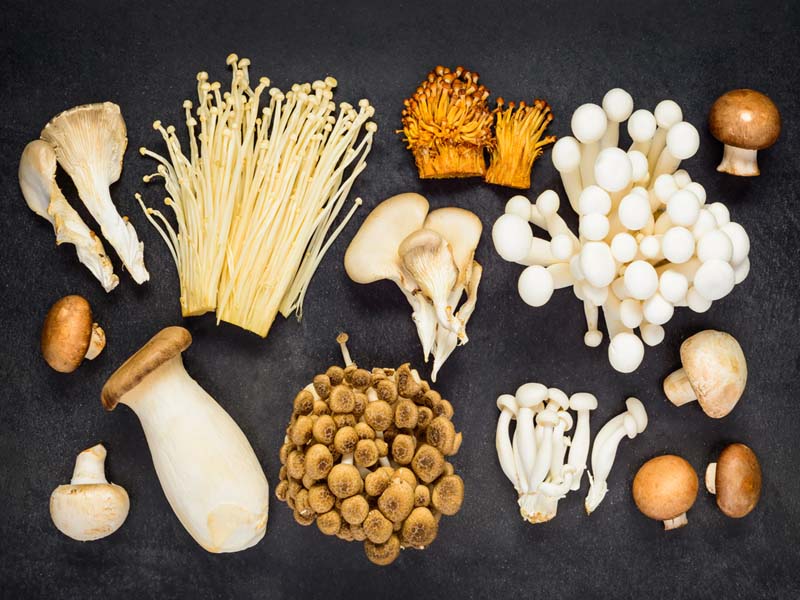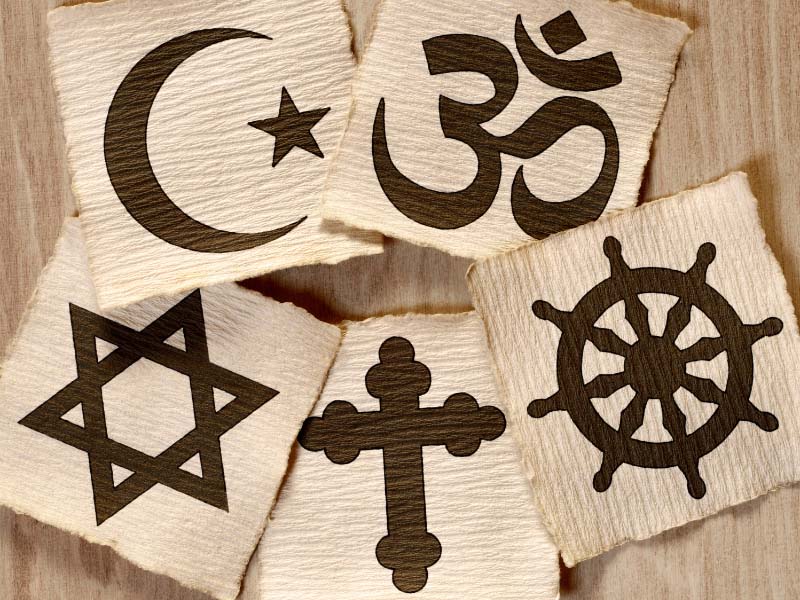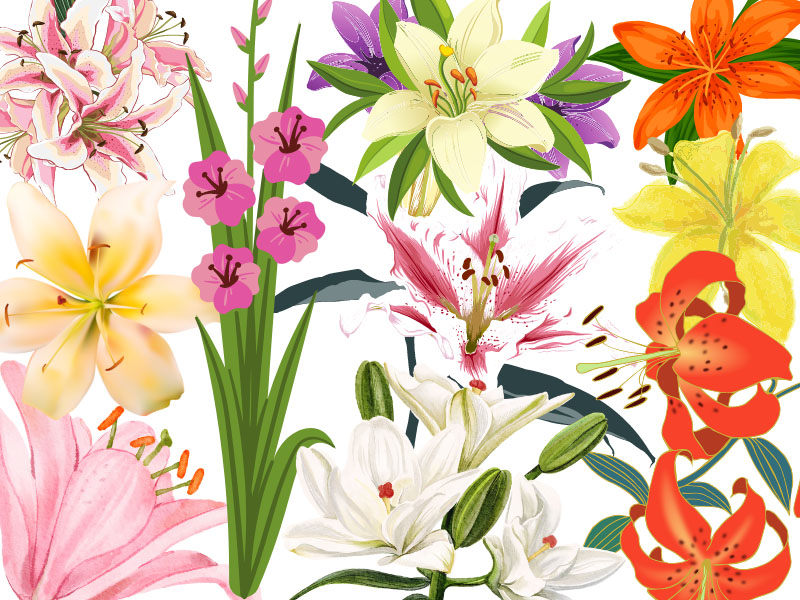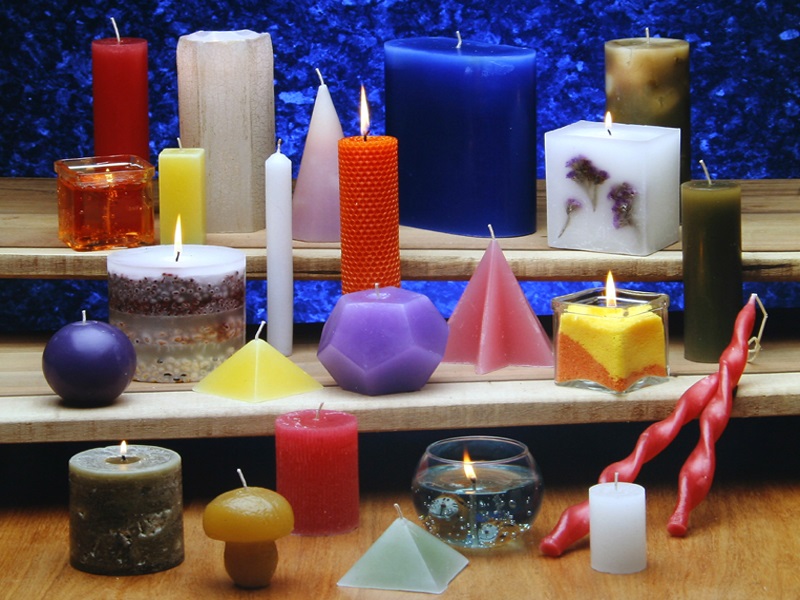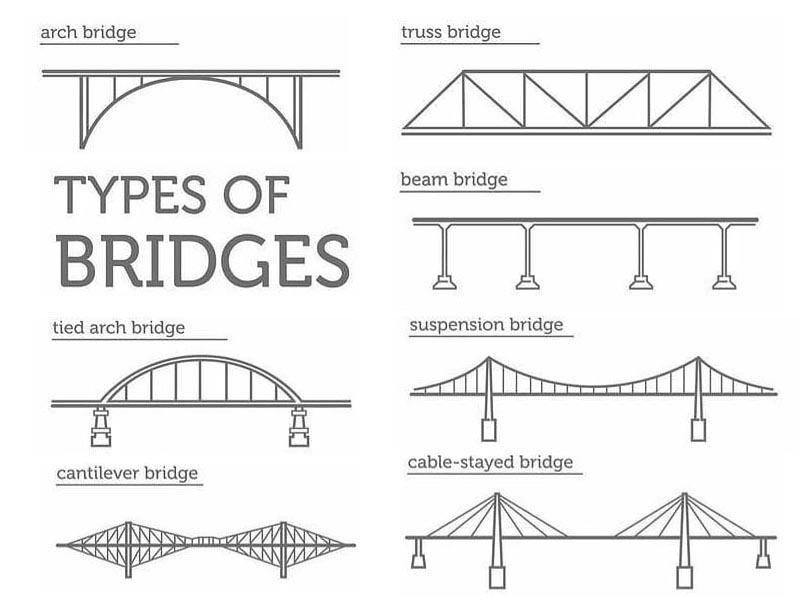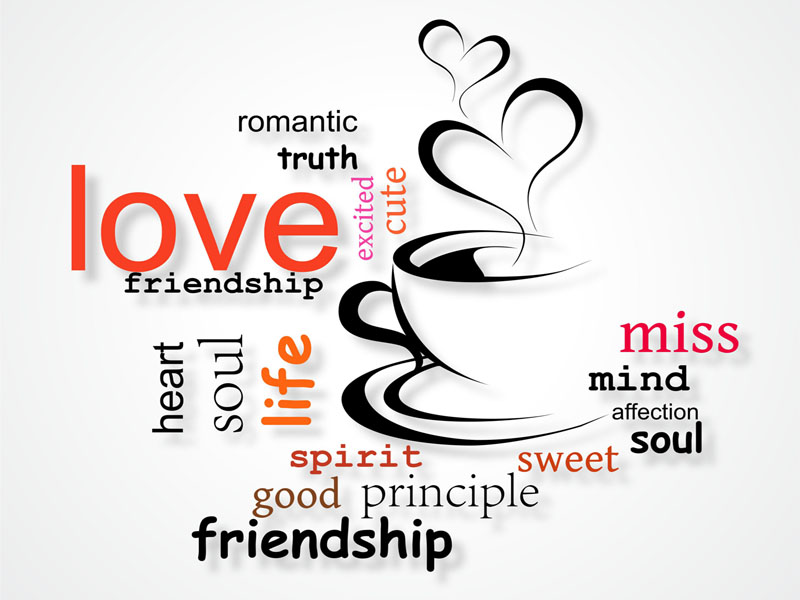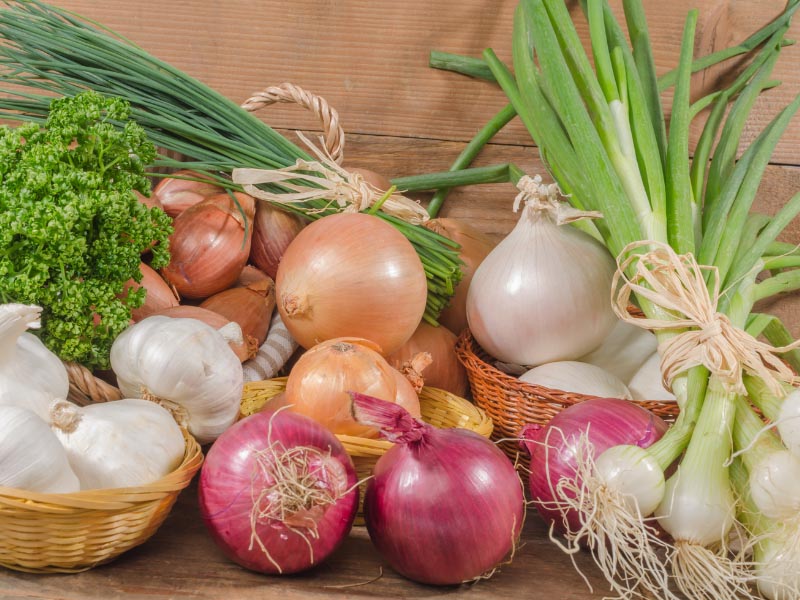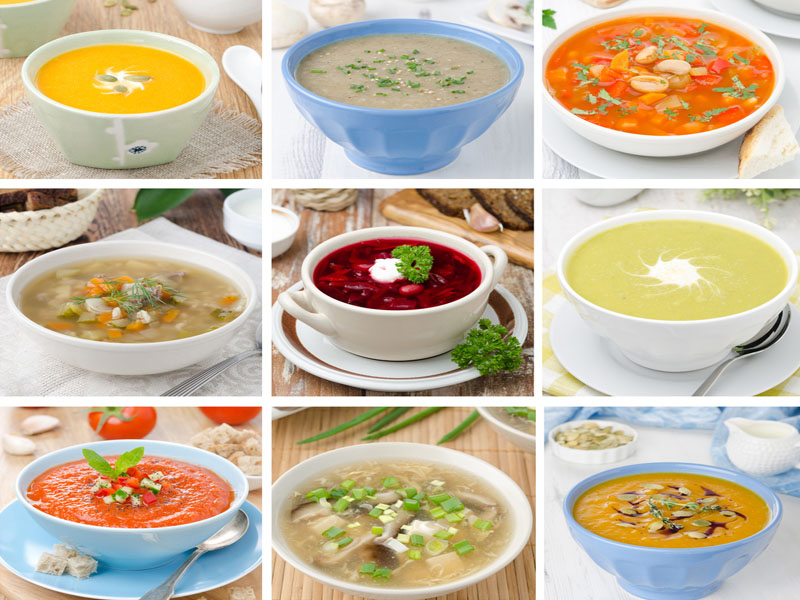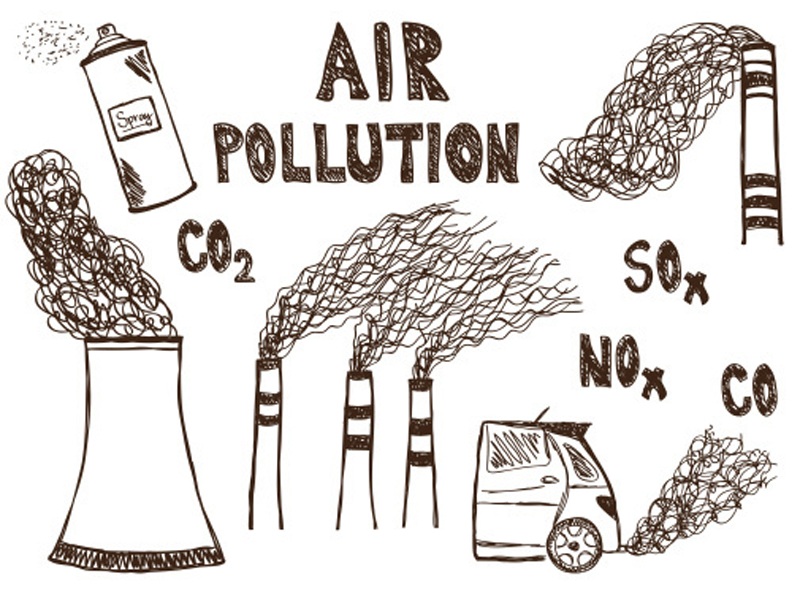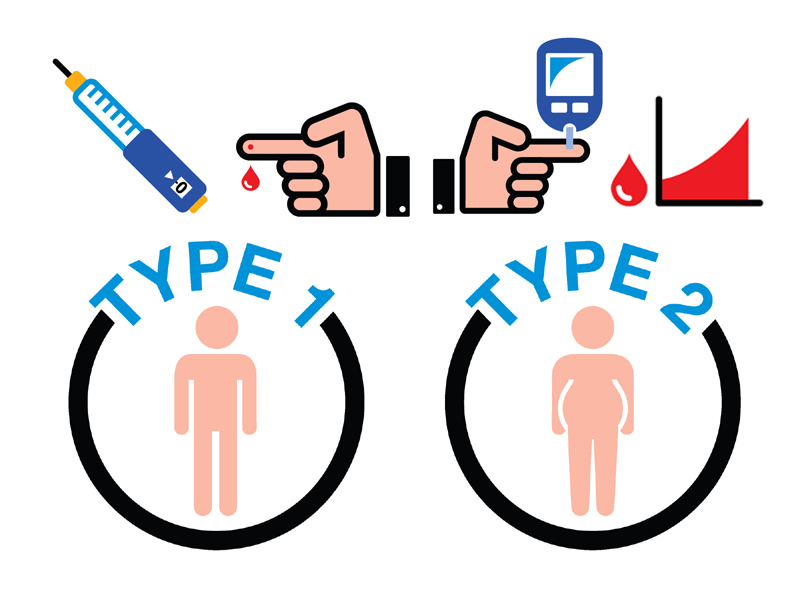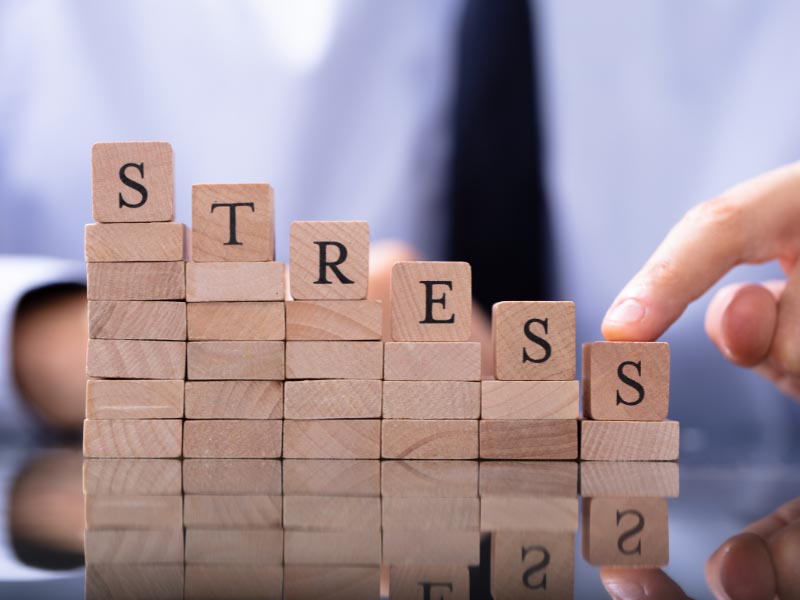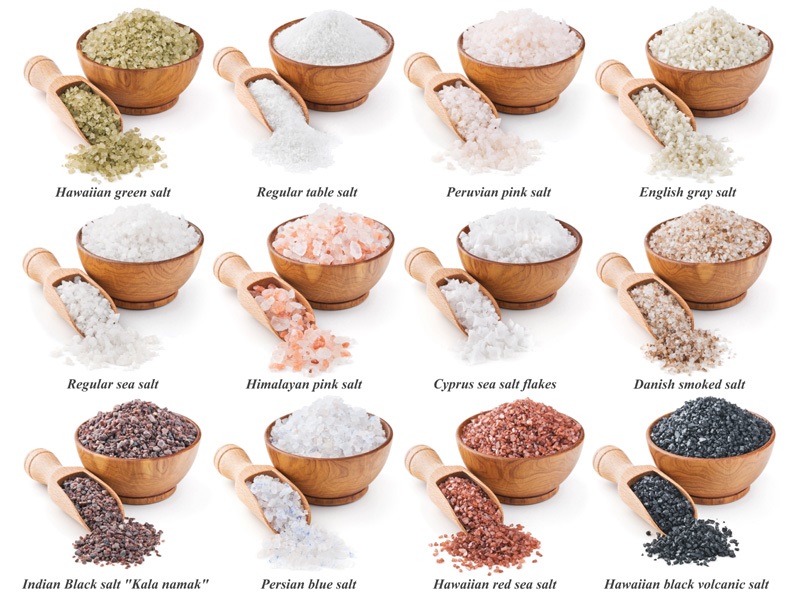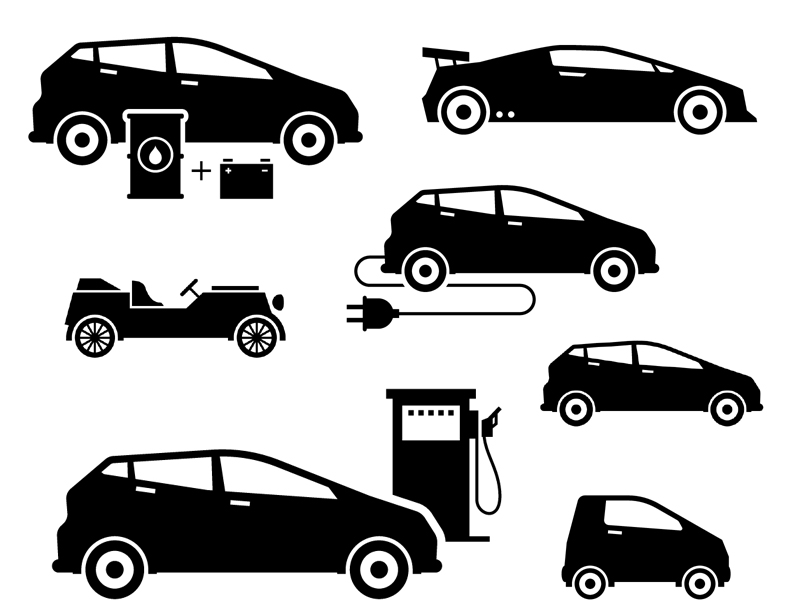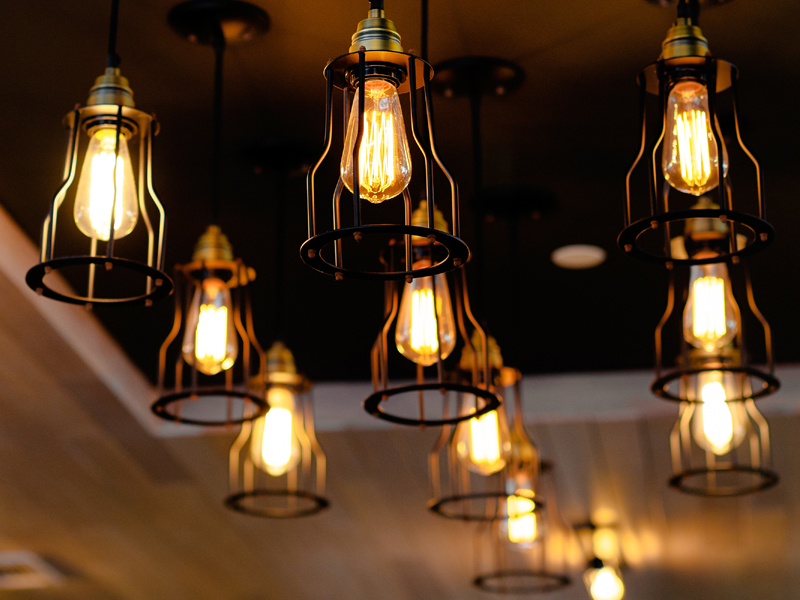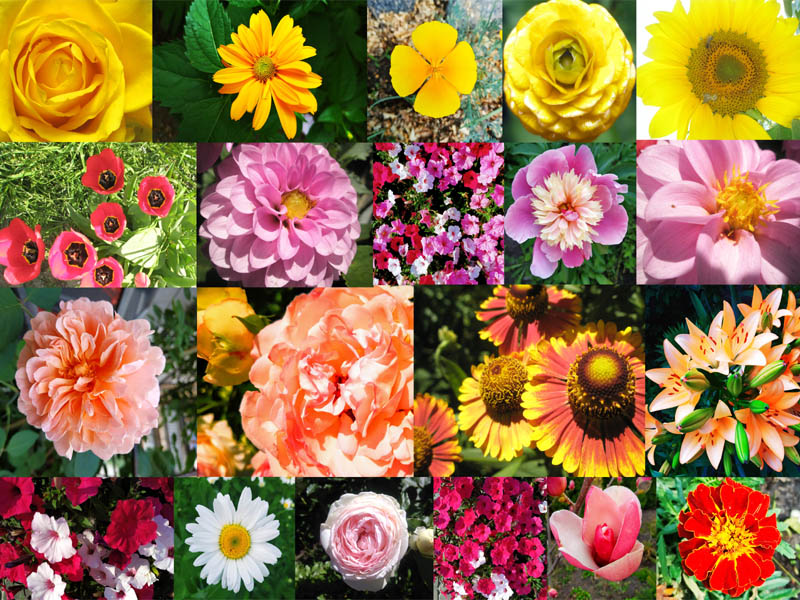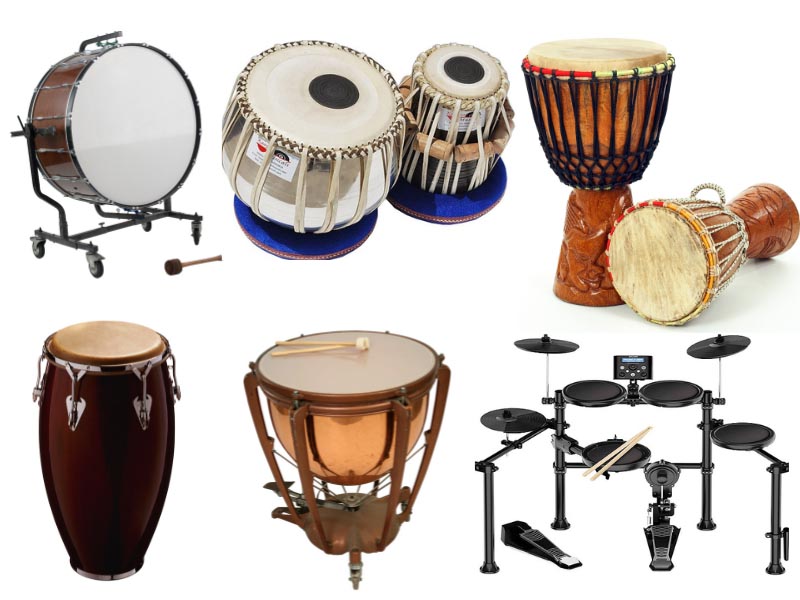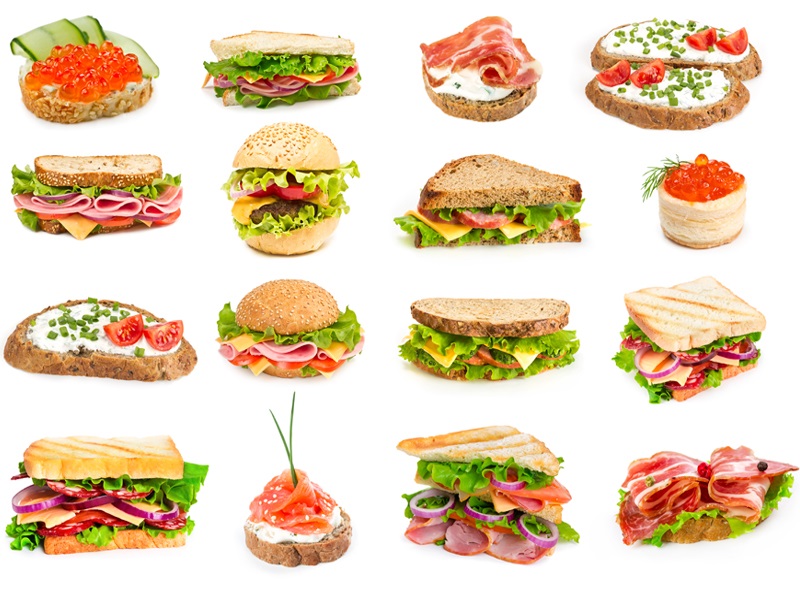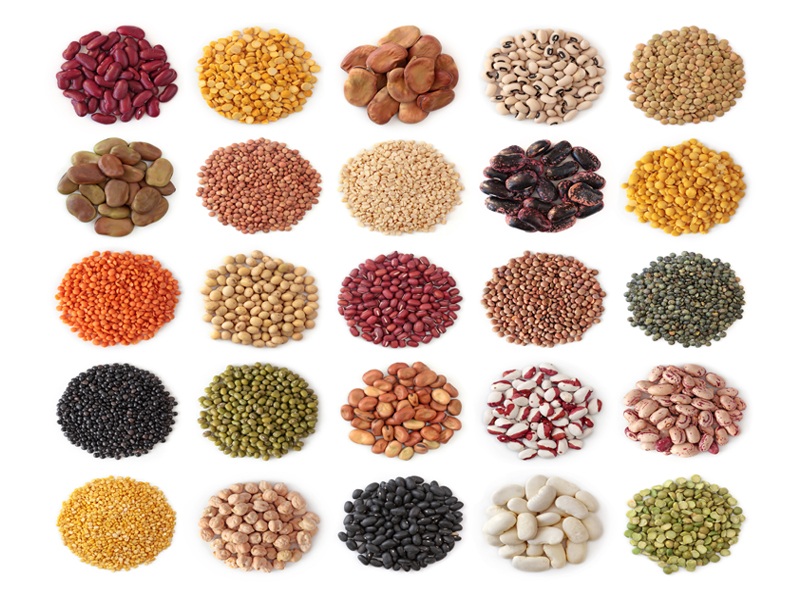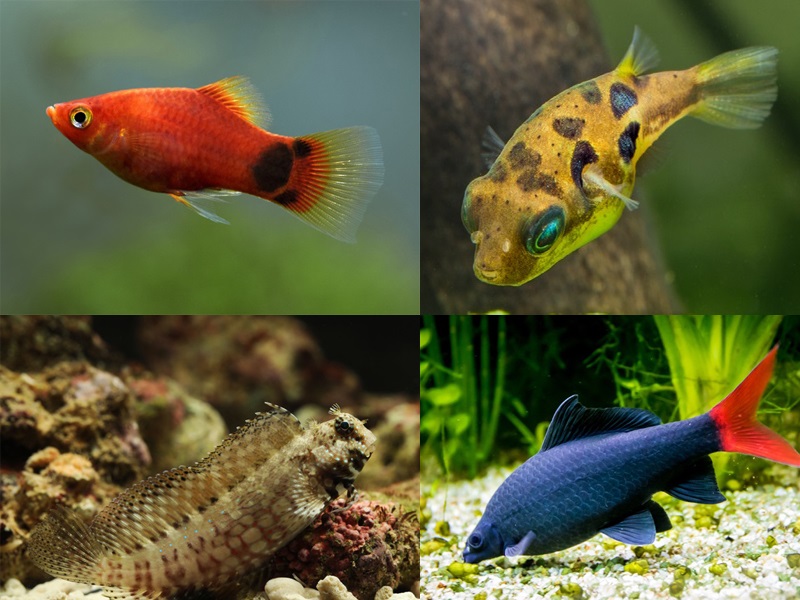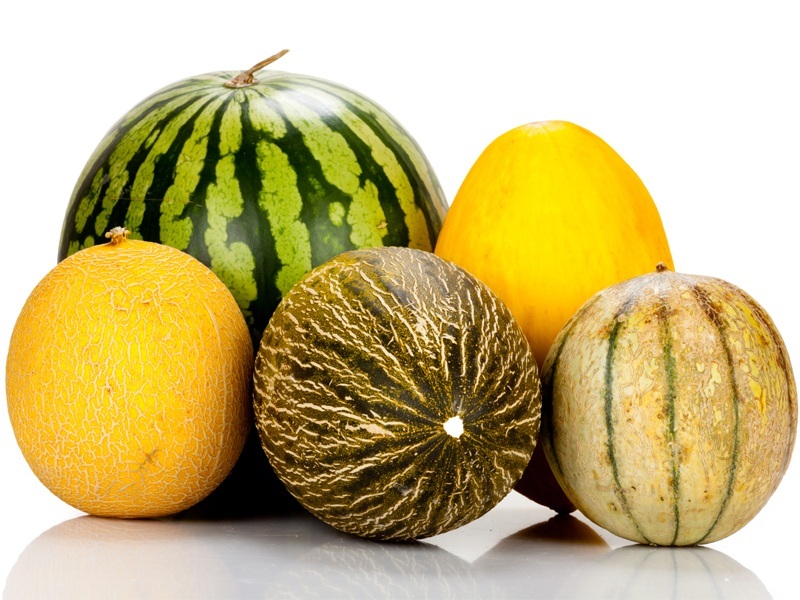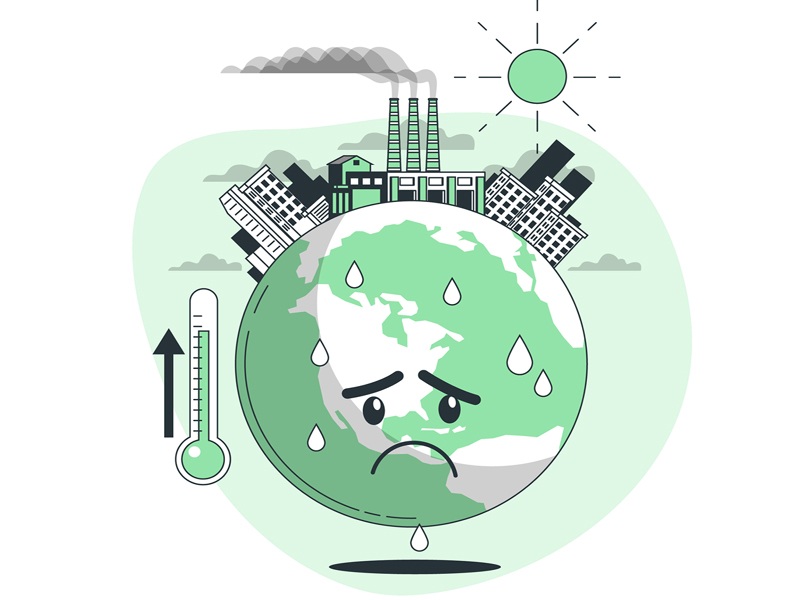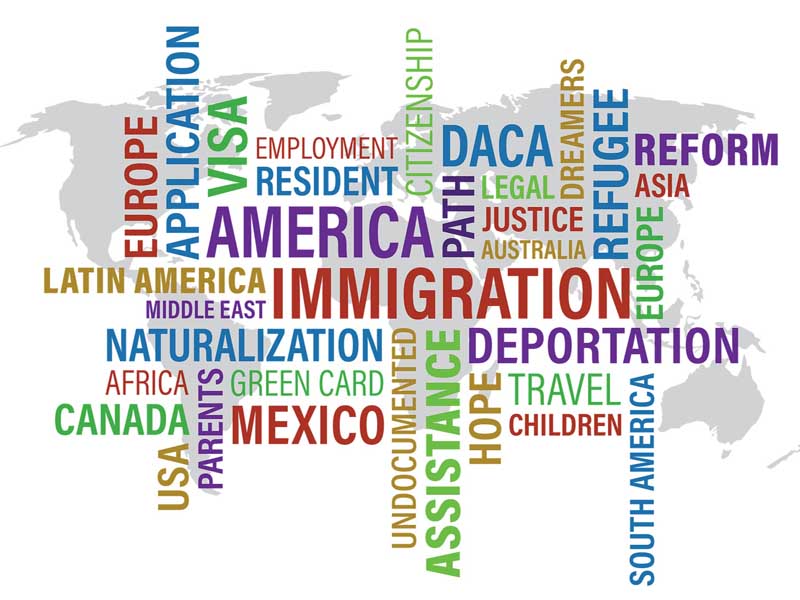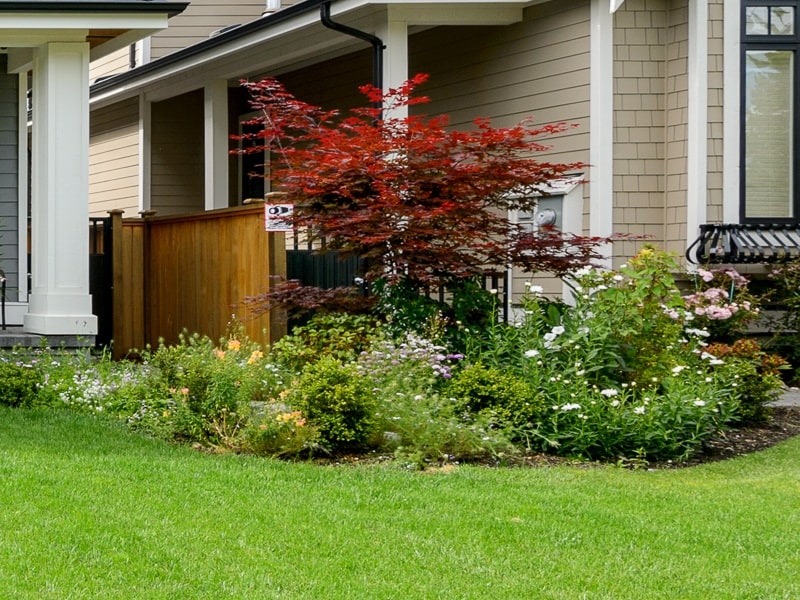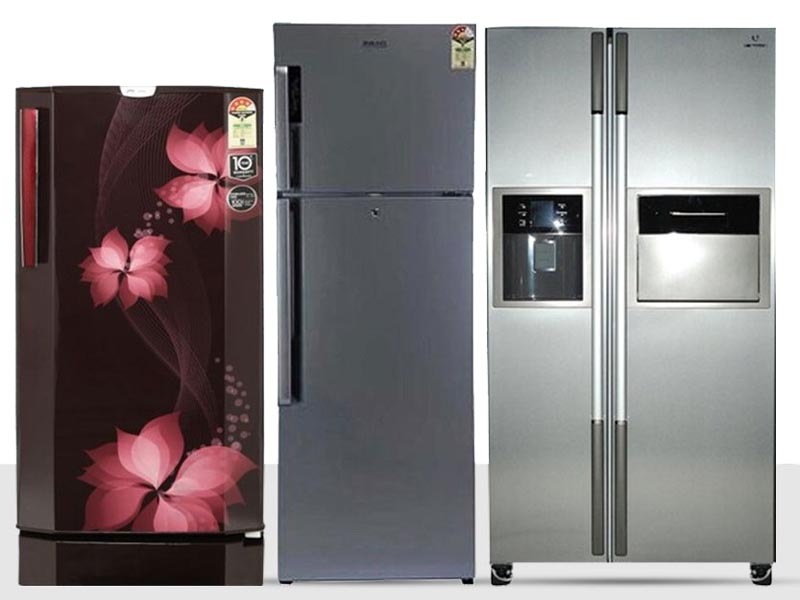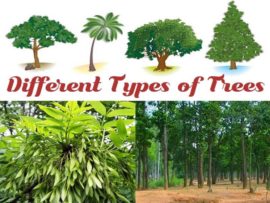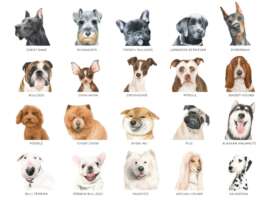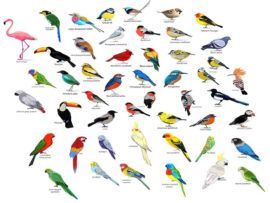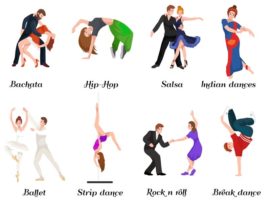Paper is an unavoidable part of our lives even with the rise of online payments, kindle and many more paperless options. But did you know not every paper is the same? Yes! There are different types of paper, and each one is used for a unique purpose. We have curated the list of different kinds of paper and how they vary for all paper lovers. Read on to know more!
What Is Paper & Its History:
Paper is a versatile product usually derived from softwood coniferous trees like pine and is often created from wood pulp. The mechanical pulping process uses a chemical to remove lignin or grind the wood logs mixed with water. The fibre is then injected onto a flat wire section after the cleaning resulting in a broadsheet. Then this material is smoothed out to make a paper after passing through a series of presses and dryers to extract excess water.
People communicated through pictures and symbols carved into tree bark before the paper came into existence. A Chinese court official Ts’ai Lun in Lei-Yang made the first paper. The secret of paper travelled to the Middle East after about 300 years, during the 8th century. Spain had one of the first paper mills, and Europe made paper.
Different Paper Sizes:
We have presented you with the dimensions of the series A paper defined by ISO 216 standard.
SIZE WIDTH x HEIGHT(mm) WIDTH x HEIGHT(in)
- 4A0 1682 x 2378 mm 66.2 x 93.6 in
- 2A0 1189 x 1682 mm 46.8 x 66.2 in
- A0 841 x 1189 mm 33.1 x 46.8 in
- A1 594 x 841 mm 23.4 x 33.1 in
- A2 420 x 594 mm 16.5 x 23.4 in
- A3 297 x 420 mm 11.7 x 16.5 in
- A4 210 x 297 mm 8.3 x 11.7 in
- A5 148 x 210 mm 5.8 x 8.3 in
- A6 105 x 148 mm 4.1 x 5.8 in
- A7 74 x 105 mm 2.9 x 4.1 in
- A8 52 x 74 mm 2.0 x 2.9 in
- A9 37 x 52 mm 1.5 x 2.0 in
- A10 26 x 37 mm 1.0 x 1.5 in
Main & Different Types Of Papers:
Although paper is something we all use, there is a lot of confusion regarding the thickness, style, material of different paper types. Therefore, we have made your search process more accessible by making a list.
1. Printer Paper:
As the name suggests, a typical paper that hangs out in your printer throughout the year is printer paper. This paper is lightweight, thin and called bond paper or copier paper. Based on the type of printer (inkjet, laser printer, etc.), there are slight nuances between different types of printer paper. However, most printer paper is acid-free, and it absorbs and dries the ink quickly because of the matte coating. The following are the printing paper types and sizes:
- Letter – 8.5″ x 11″
- Legal – 8.5″ x 14″
- Tabloid – 11″ x 17″
- Digital sizes – 12″ x 18″, 13″ x 19″, or 14″ x 20″
2. Construction Paper:
If you are looking for a kid crafting favourite, the construction paper is a perfect choice. This type of paper is also called sugar paper, with an unfinished surface and slightly rough texture. Small particles are visible on the paper’s surface because of the source material, mainly wood pulp. Although construction paper is an excellent option for craftwork, it doesn’t hold colour for an extended time. So, choose another type of paper if you want one for a keepsake.
See More: Different Types Of Pencils
3. Cardstock:
Cardstock paper is a high-quality paper that comes in different textures, colour shades and is thicker. This paper is thinner and more flexible than other paperboard forms but more durable than regular writing and printing paper. Although cardstock paper is ideal for scrapbooking, printer projects, and greeting cards, it is not an excellent option for folding projects. It is also the business card paper type making it a durable choice.
4. Kraft Paper:
Kraft paper is a more substantial paper with high elasticity and exhibits high tear resistance. This paper goes through a kraft process that uses softwoods wood pulp, resulting in Kraft paper. This paper is generally used to protect cartons during shipment, creation of bag and sack paper, grocery store sacks and shopping bags because of the Kraft paper properties.
5. Newsprint:
As the name implies, Newsprint paper is used to print newspapers which usually lasts for a day because its life-cycle is short. This type of paper doesn’t need to be white and therefore is manufactured with residue pulp. The material quality doesn’t have to be high. There is an application of maa-dying if you find the newsprint paper coloured.
The ink finishes are precarious on account of their low quality. In addition, the newsprint paper only has the fundamental strength to turn the pages without tearing them because the mechanical properties of this paper are virtually non-existent.
6. Crepe Paper:
Crepe paper comes in different patterns and colours and is thicker, crinkled paper. This type of paper is used as streamers for parties and is typically found in thin strips. It is also an excellent option to make fun flower projects or pinatas because larger sheets are available.
7. Scrapbook Paper:
In many cases, patterned cardstock is called Scrapbook paper, and it comes in thousands of textures, patterns and colours. In addition, many scrapbook papers come in pads that are 12 inches by 12 inches and typically come double-sided. You can practice scrapbooking, bookmarks, and crafts with the help of scrapbook paper.
8. Tissue Paper:
Tissue paper is a type of paper many of us see and use in our daily lives. A tissue paper is a light crepe paper or lightweight paper made from recycled paper pulp. The tissue paper material is soft and absorbent, which helps dissolve liquids quickly. Tissue paper comes in different patterns and is often used to wrap delicate items or wrap presents. Paper mache, suncatcher crafts, decoupage crafts are where tissue paper can be used because it tears easily.
9. Water Color Paper:
A paper that is a thicker mixed media type paper is called watercolour paper. It has coarse textures and is made from wood pulp. As the name suggests, watercolour paper is an excellent option for water paints and dyes because of its surface. Pick this paper for the masterpieces of the budding artists.
10. Origami Paper:
A paper made keeping the art of Origami in mind is called Origami paper. It is easily foldable and thinner paper. It is typically square size in different patterns and colours. You can use origami paper for making paper puppets decoupage because they are light. Washi paper, which means “Japanese Paper”, is one of the best origami paper types with the required thickness suitable for wet folding.
11. Cardboard:
Many might not consider Cardboard as paper because of its thickness, but Cardboard is made with paper. Its original brown colour comes from the raw, unbleached wood pulp. Recycled material is used to manufacture Cardboard because its appearance is not a concern. The characteristic strength comes from the corrugated inner and two smooth outer layers. Kraft paper is made of a single paper layer and is a subgroup inside the Cardboards.
12. Poster Board:
Poster paper type or Posterboard can stand on its own as it is a thick display board which is the best option for signs or display projects. There are various thicknesses the Posterboard comes in, and the thinner boards are an excellent option for costumes. Whereas if you need something to curve, you can use thicker posterboards.
13. Transfer Paper:
A thin paper used in textile crafts is called Transfer paper which comes in rolls. Using an inkjet printer to transfer an image or design onto a textile surface such as canvas or T-shirts, you can use heat transfer paper. If you wish to use Vinyl projects, you will have to use Vinyl transfer paper. You can also make suncatcher projects by using clear transfer tape.
14. Vinyl:
Vinyl is a big craft niche with cutting machines like the Cricut or silhouette, which comes in sheets like paper, though it is not technically paper. You can make labels, stencils, window clings, removable wall décor and other temporary crafts because Vinyl is flexible sticky material. It comes in several textures, patterns and colours.
See More: Types of Pens Names and Images
15. Paper Bag:
Paper bags are great options for crafts because they are thin Kraft paper. You will be able to make kid’s crafts such as puppets with the help of the paper bags in your house.
16. Vellum:
A type of paper that is thin translucent with a rougher side is called Vellum paper. This type of paper can go through the printer, and a fancy greeting card, scrapbooking and wedding invitations are where you can see this paper.
17. Lined Paper:
A lined paper, also called ruled paper, is your run-of-the-mill writing paper. These papers help guide your handwriting with the help of the straight lines on them. Notebooks in schools are where this paper is typically used.
18. Paper Plates:
Paper plates are made from plant fibres and are not just for your BBQ parties. There are several ways you can use paper plates in art and crafts. The paper plates hold food or liquid because they are often treated with petroleum-based coatings.
19. Bond paper:
Bond paper is a thick paper type that is more durable than an average sheet of per because it is more robust. This paper is made of rag pulp and is perfect for envelopes, typed reports, and letterheads. Nowadays, bond paper is used for electronic printers, stationary and graphic work. However, it was initially designed for documents like government bonds.
20. Gloss Coated paper:
Gloss coated paper is a quality that makes it appear shiny when light hits the paper’s surface. Because it has high shine, glossy paper is used for photo print, brochures and flyers. In addition, there is no need for seal varnish because the ink doesn’t rub off and dries well.
21. Matt coated paper:
As the name suggests, Matt coated paper is the opposite to gloss coated paper. This type of paper helps prevent glare because it is covered with a matt finish without any shine. Leaflets, flyers, and reports are where matt coated paper is used.
22. Recycled paper:
Recycled paper is made from re-used paper products, hence the name. This type of paper is a perfect choice for people who want to make an environmental impact. Recycled paper is used for forms, memo paper, reports, and most documents.
23. Silk coated paper:
Silk coated paper has a silky smooth coating and is an interim between gloss and matt. It doesn’t have the shine of glass paper, though it is soft to touch. Silk coated paper is a magazine paper type that is used in catalogues and books.
24. Uncoated paper:
Uncoated paper doesn’t have any excellent coating for ink absorbency and receptivity and is typically found in most office printers. However, you will be able to use the uncoated paper by pen and printer because it is uncoated. Memo paper and letterheads are the ideal forms of uncoated paper.
25. Watermarked paper:
If you want to have a feel of luxury and high-quality paper, using watermarked paper can be an excellent choice. An impression is made into the paper by attaching a wiring pattern creating the desired effect. An important document that includes exam certificates is where watermarked paper is used, making it a certificate paper type.
Interesting Facts About The Paper:
We have presented you with a list of some facts about the paper you might find interesting:
- Chinese invented paper from hemp around 100 BC and then began using tree bark, bamboo and other plant fibres.
- The Egyptian word papyrus has the origin of the English word paper.
- You can make about 80,500 sheets of paper from one pine tree.
- In many countries, couples are traditionally given paper gifts to celebrate their first wedding anniversary.
- US paper currency comprises 25% linen and 75% cotton and not entirely paper.
- Recycled materials were used to produce the first paper.
- Origami is an art of folding paper invented in 6th century Japan. But it was used for ceremonial purposes only.
- The description of the surface feel of the paper is done with the help of the paper’s tooth. The rougher the paper feels, the more tooth a paper has.
- Deciding on the right kind of paper might feel confusing, especially when many options are available. However, now that you know the common types of papers, it might help you choose the right paper for your project, making it even more special. Don’t forget to let us know if you found this article helpful!
FAQs:
1. How many prominent types of papers are there?
Although there are more than 20 types of papers mentioned above, there are predominantly seven paper types used in crafting.
2. What is the other name of craft paper?
The best quality craft paper often used for most craft projects is cardstock paper. The thickness of this paper adds sturdiness to your project, and it comes in different colours.
3. Which paper is best?
The best paper predominantly depends on the craft you are doing. Coloured cardstock paper or construction paper is perfect if you want to do easy kid’s crafts.
Disclaimer: The content of this article is based on research and not a replacement for a professional opinion. The website is not responsible for the accuracy and authenticity of the information.


